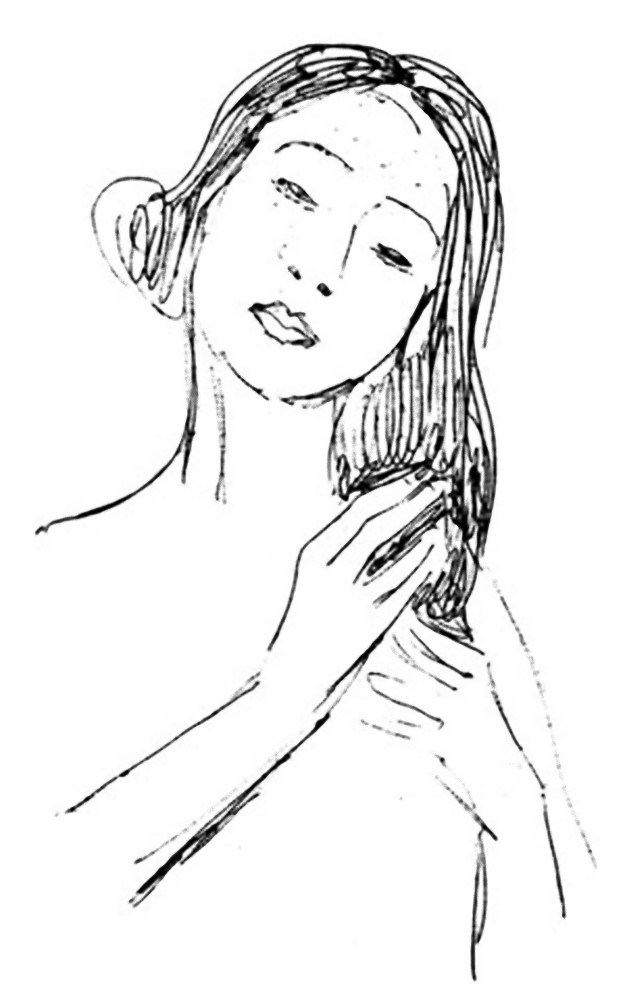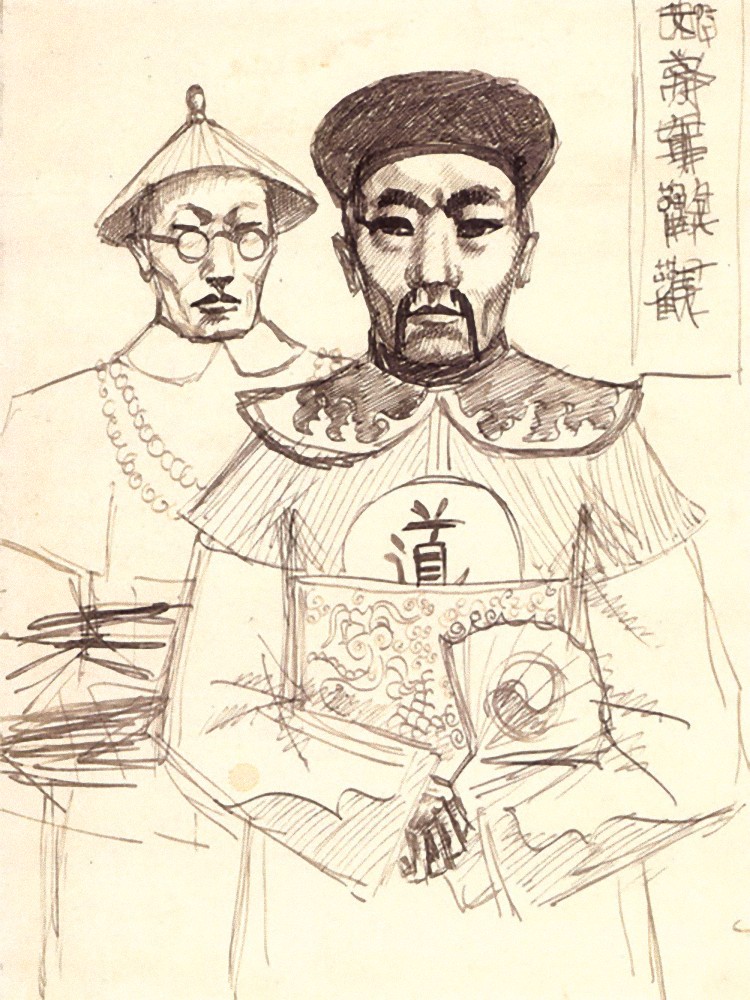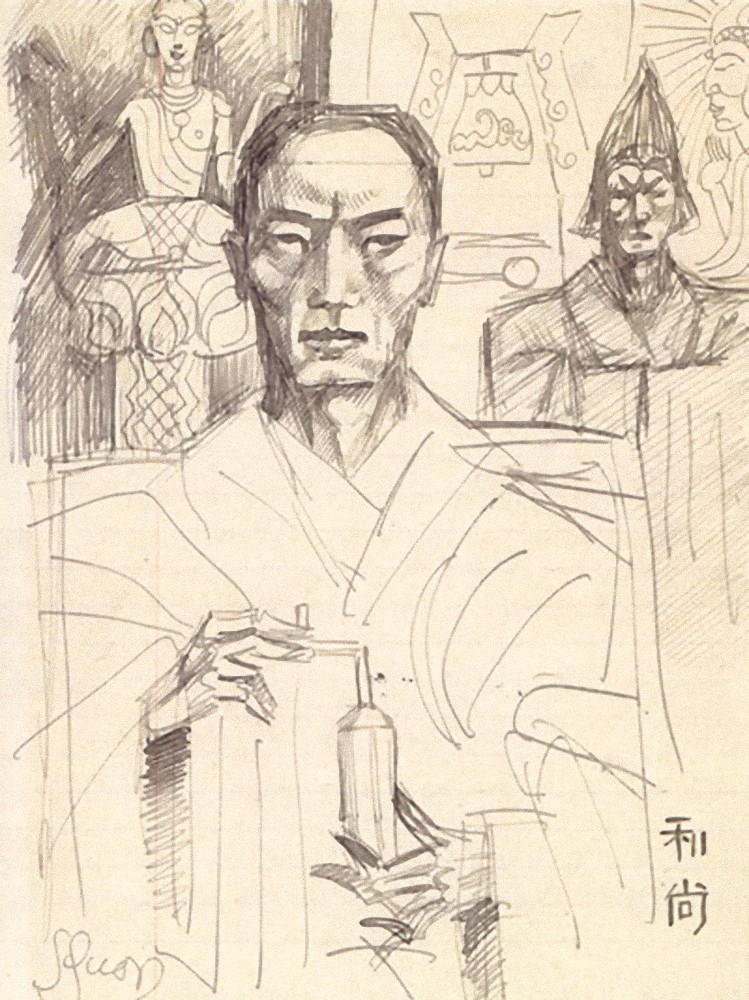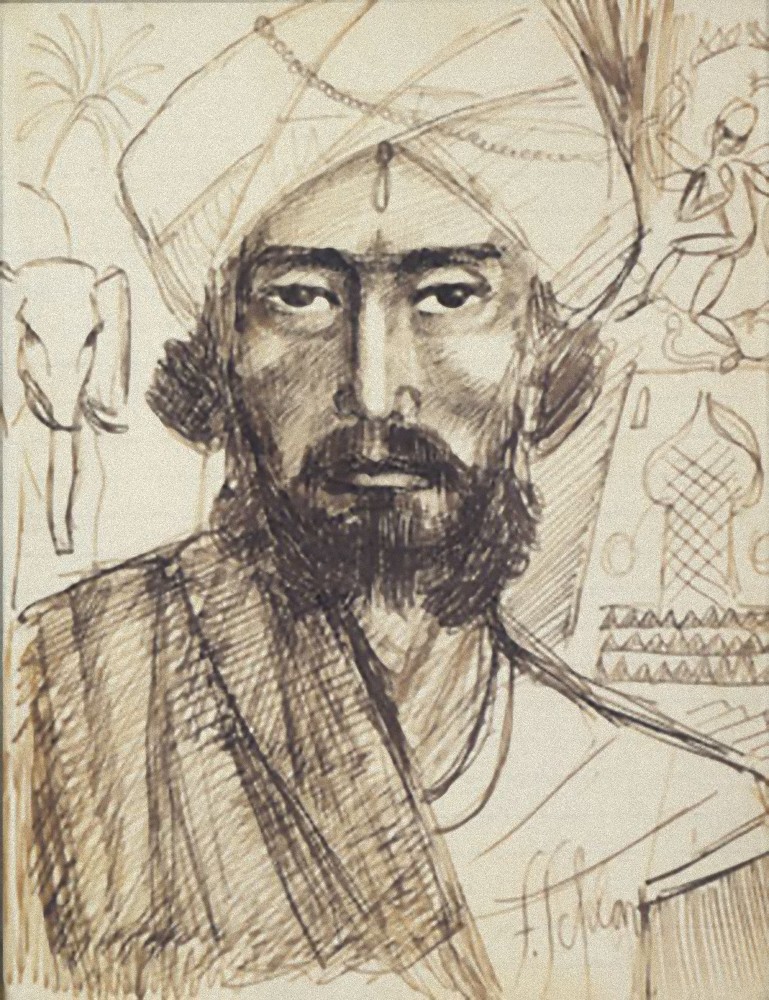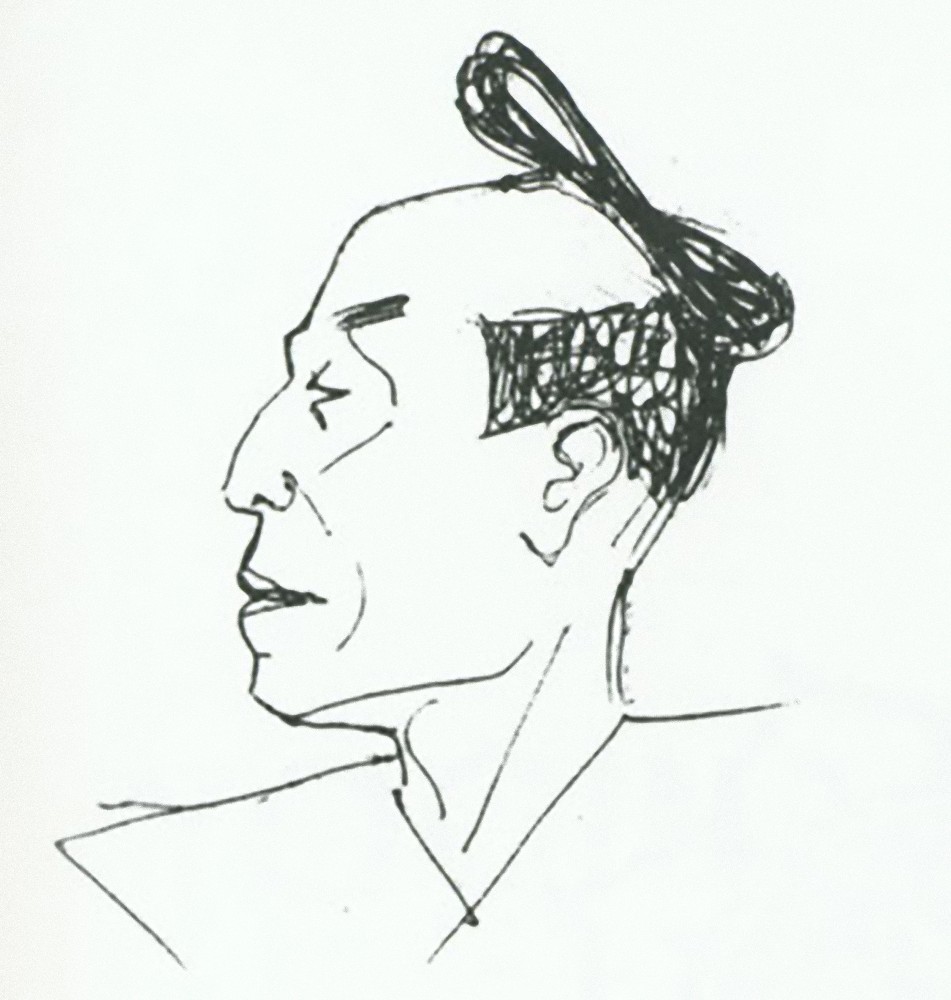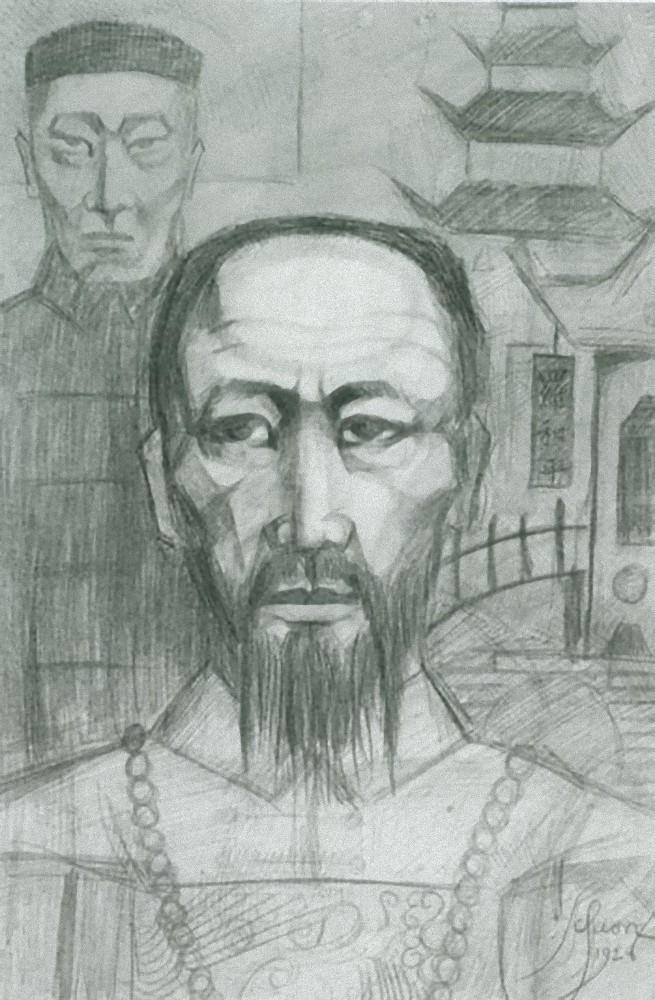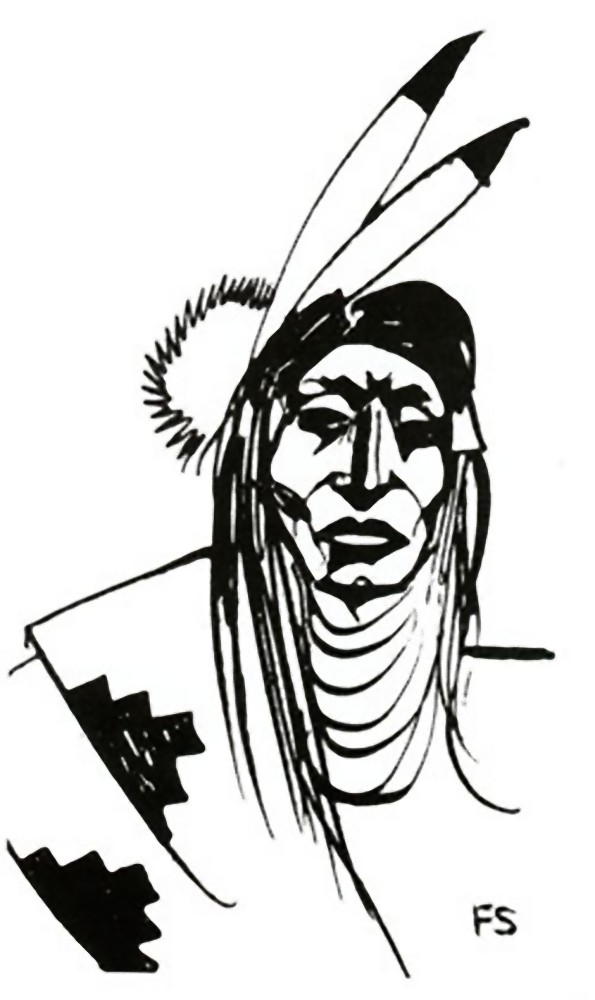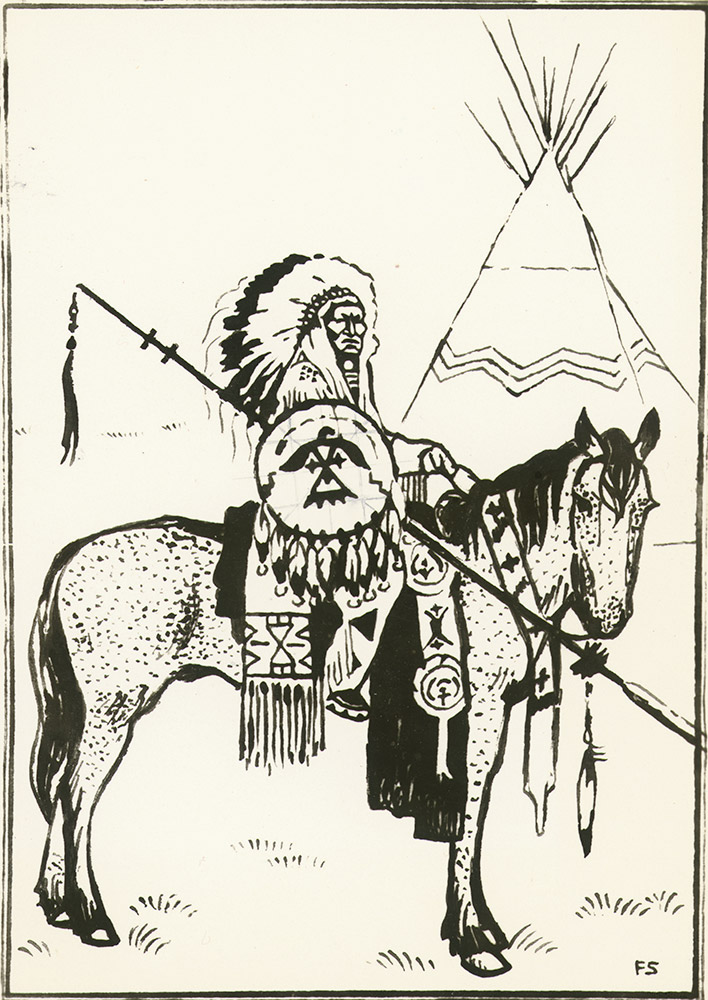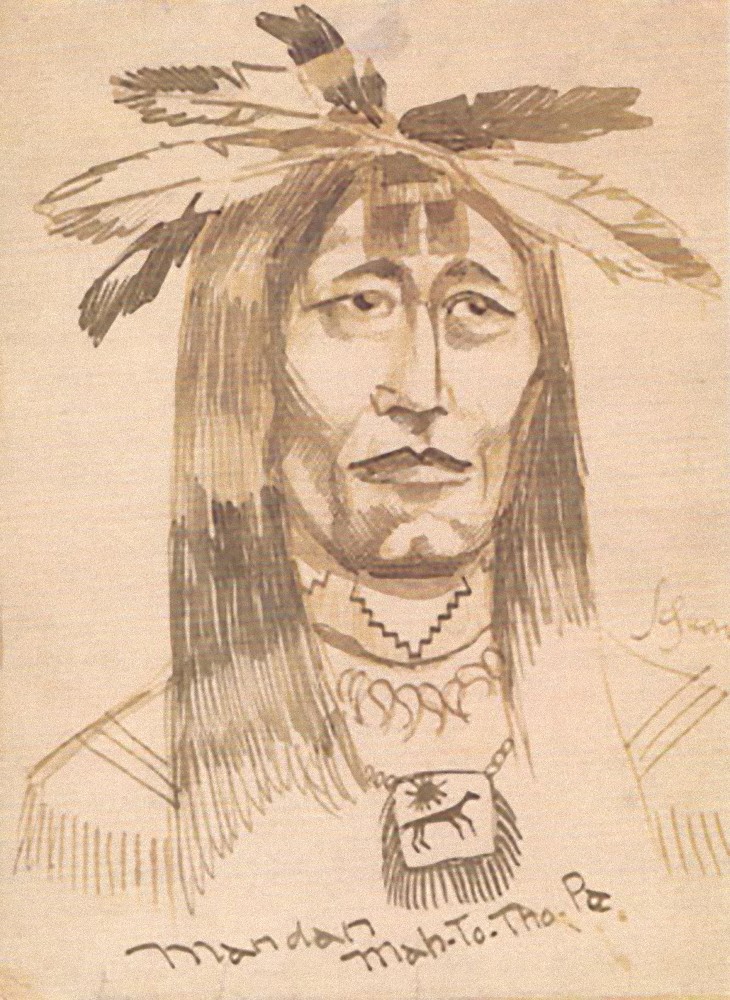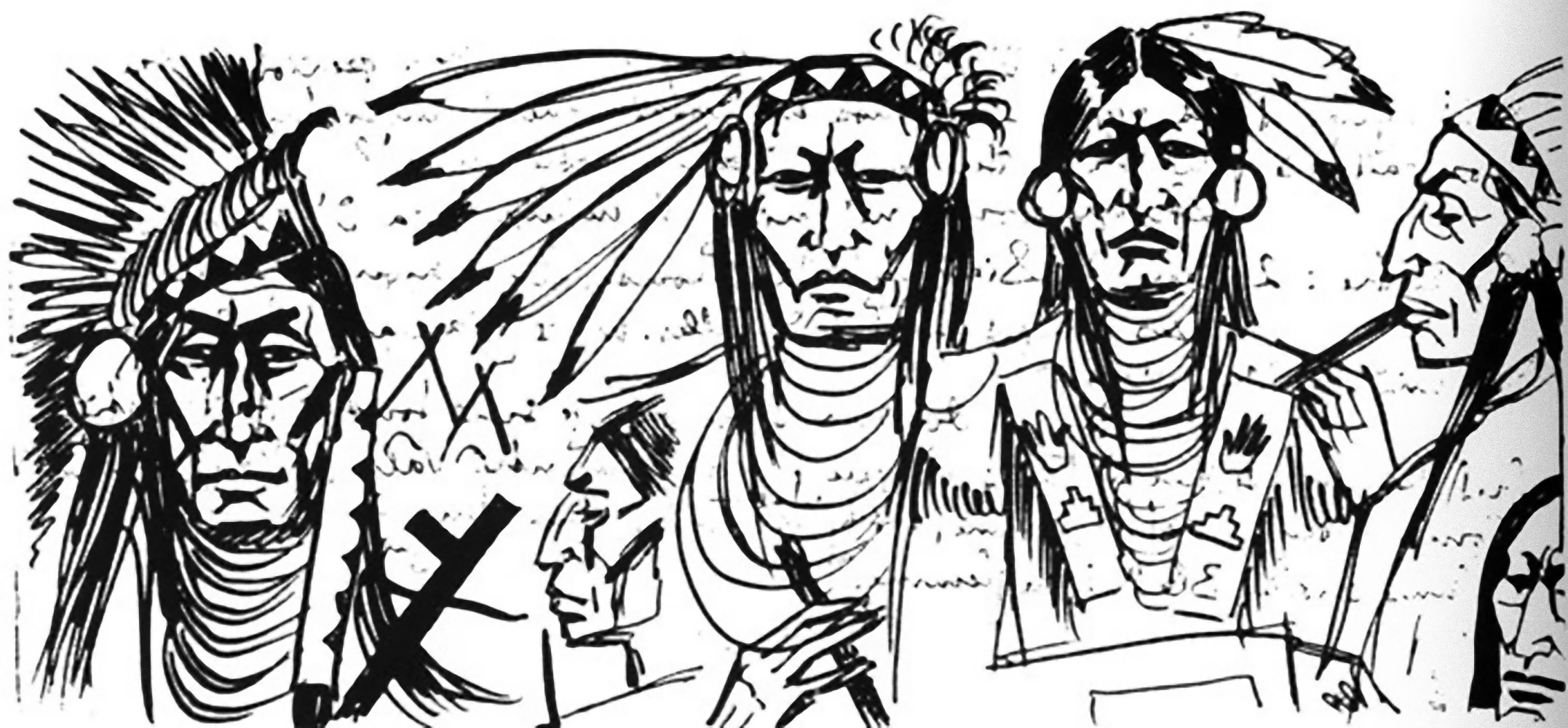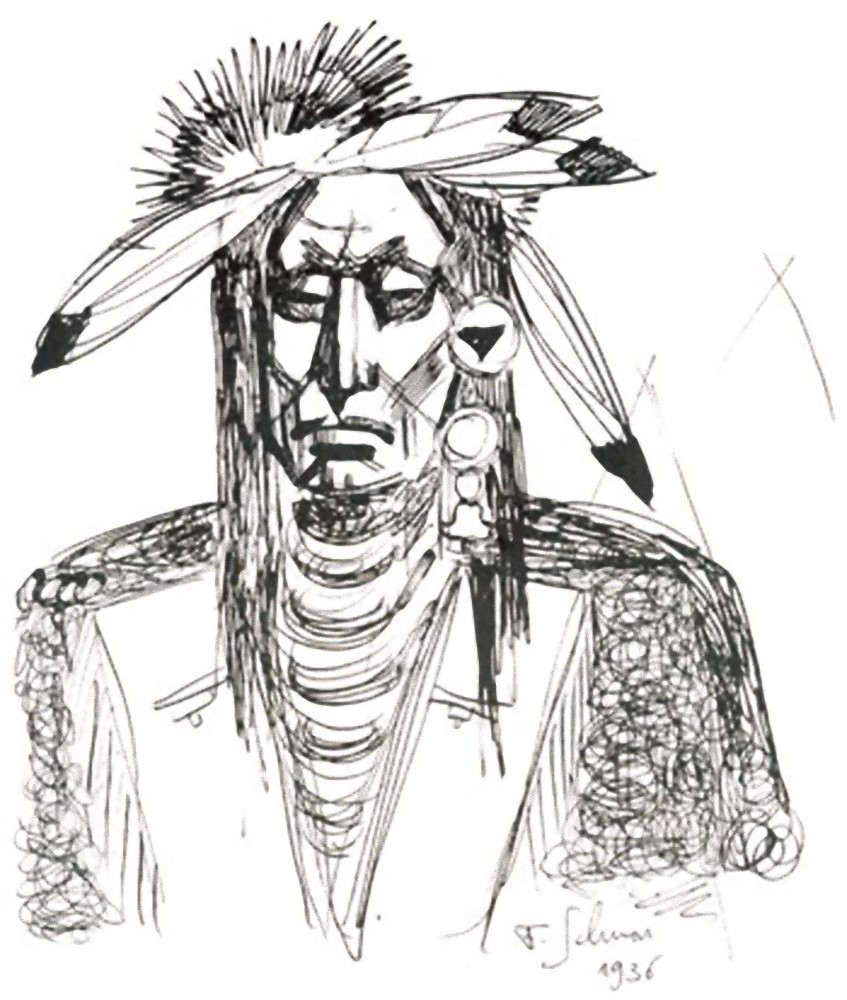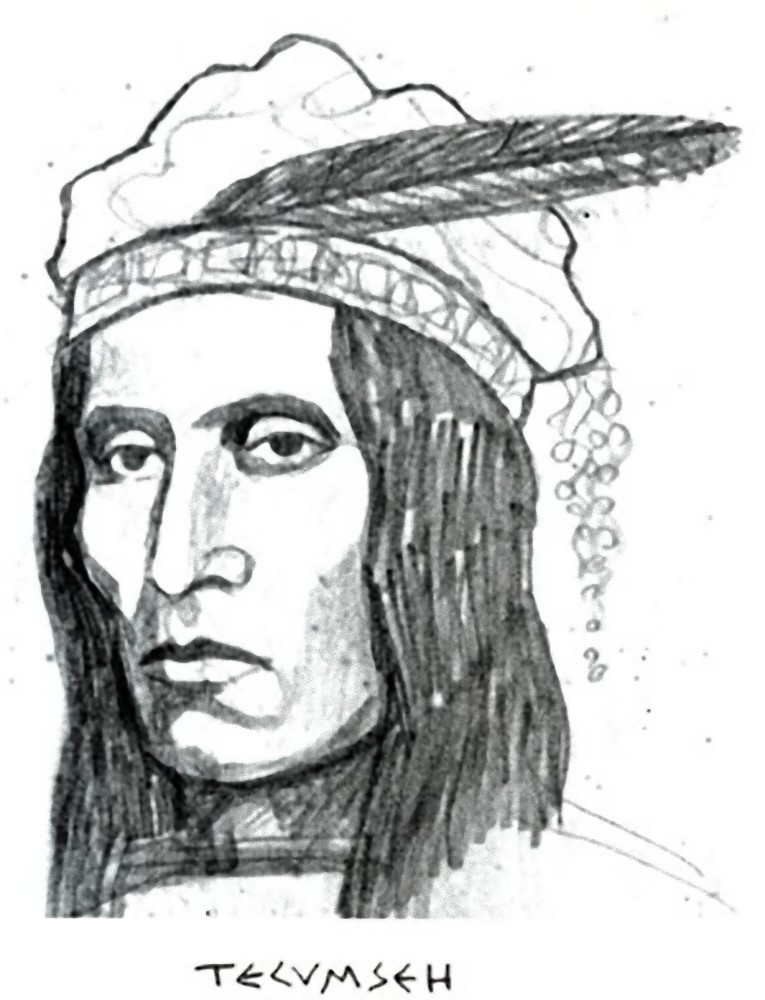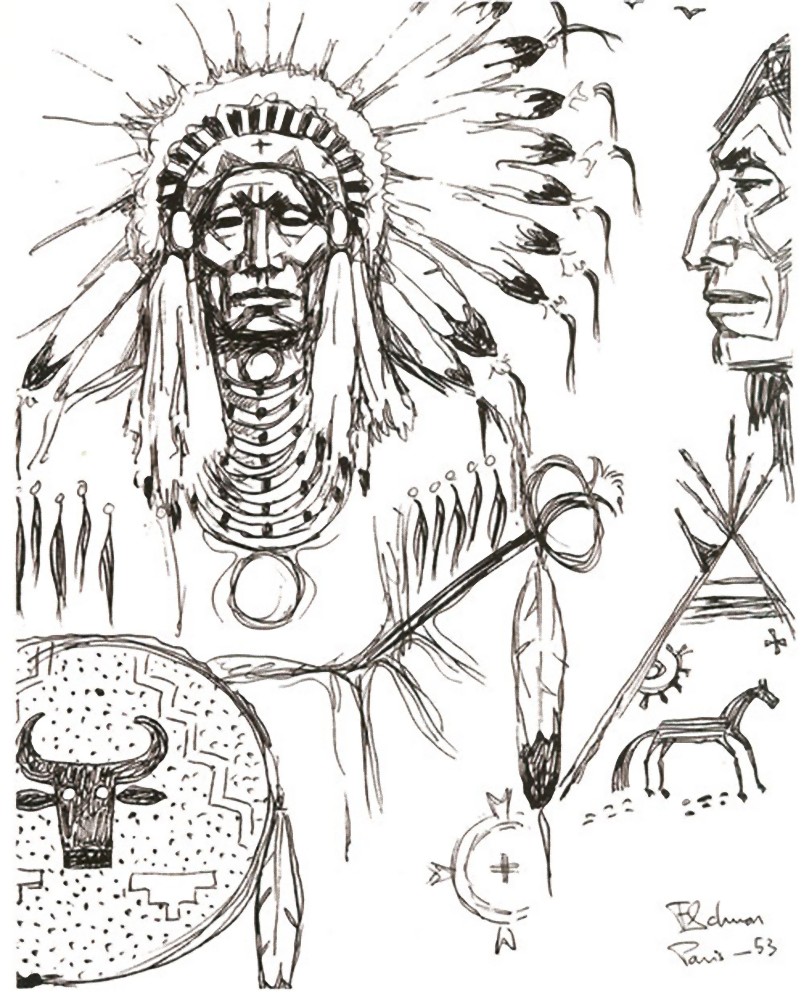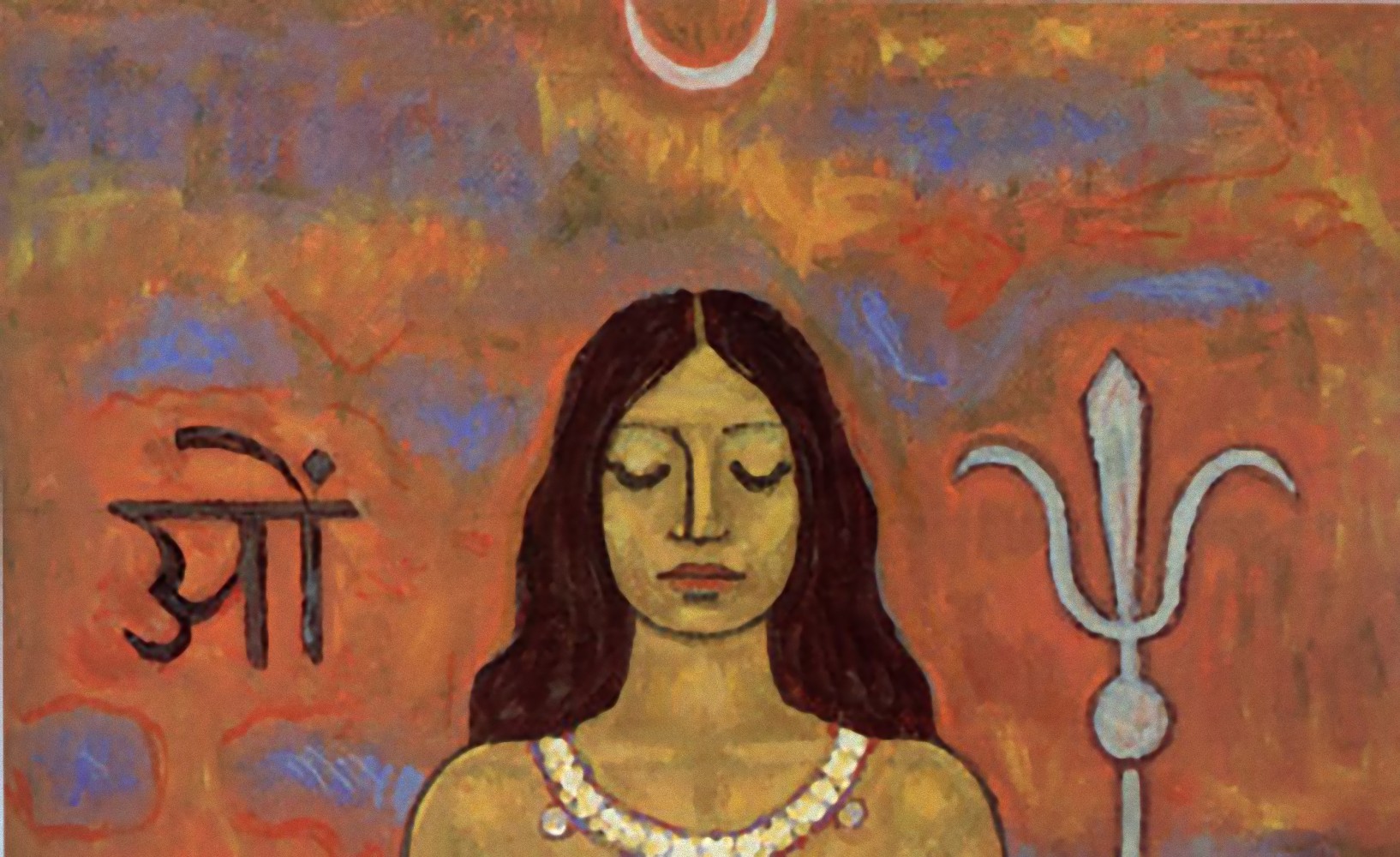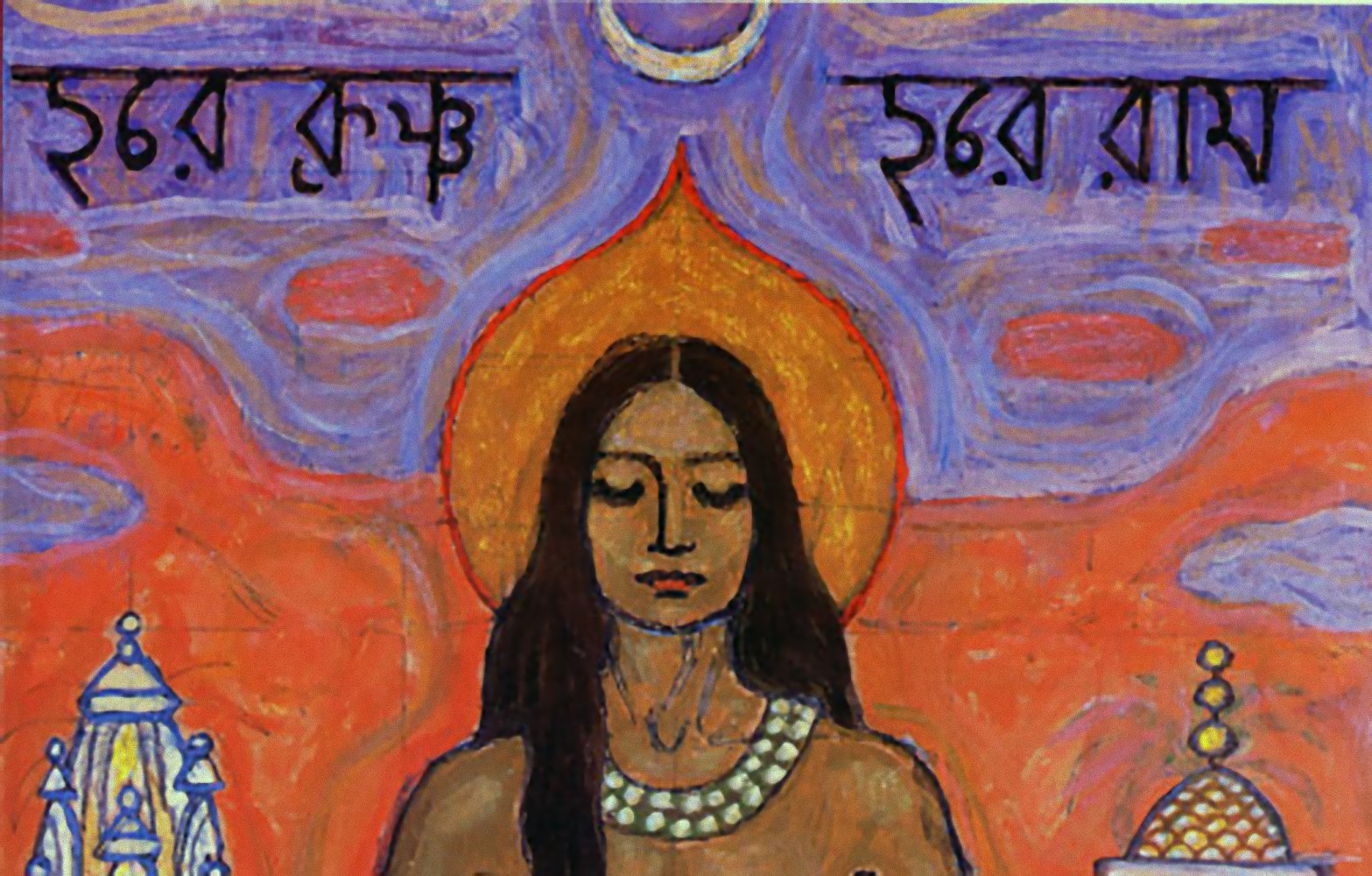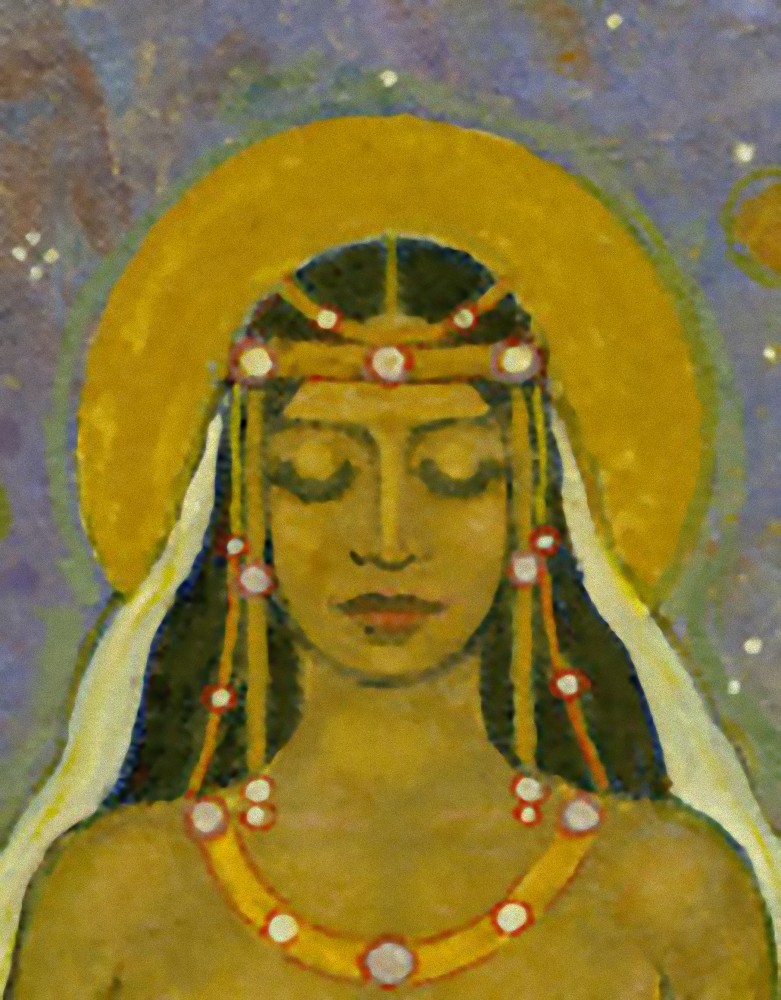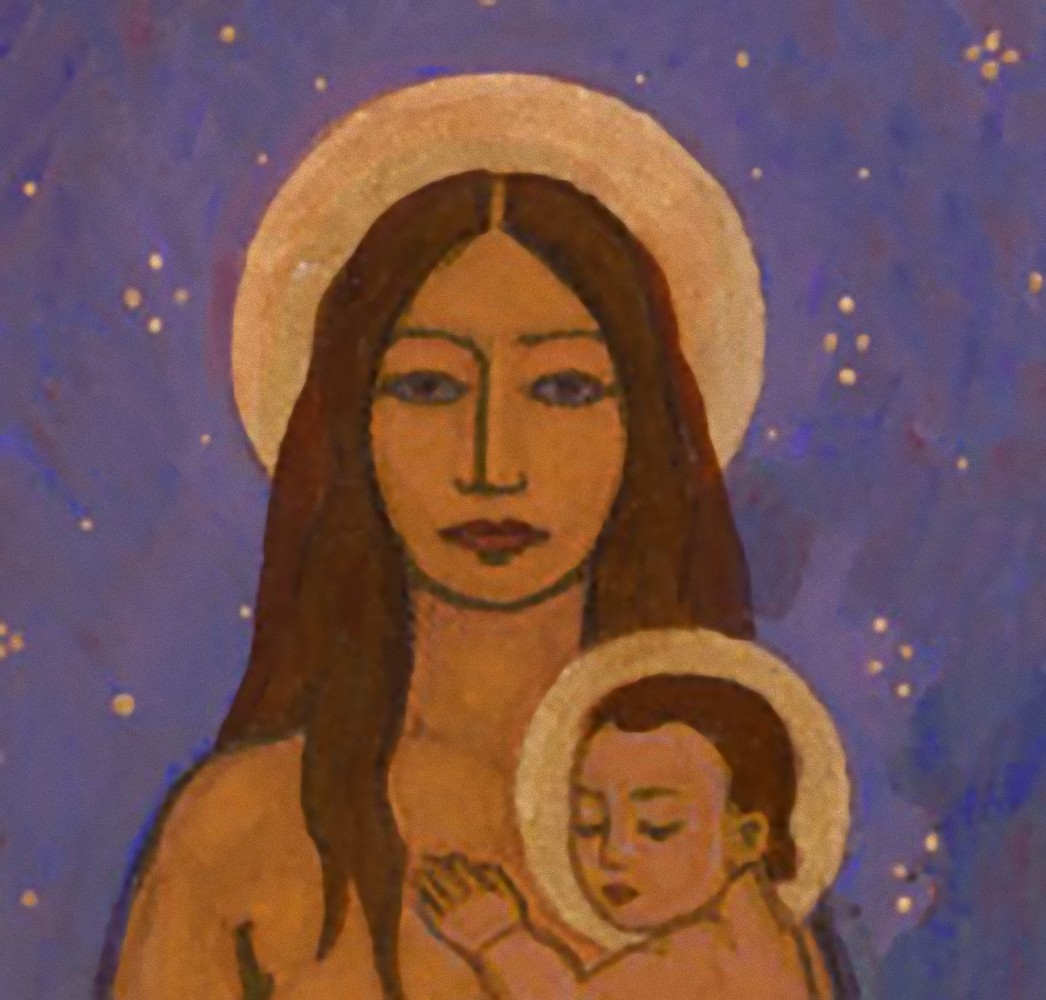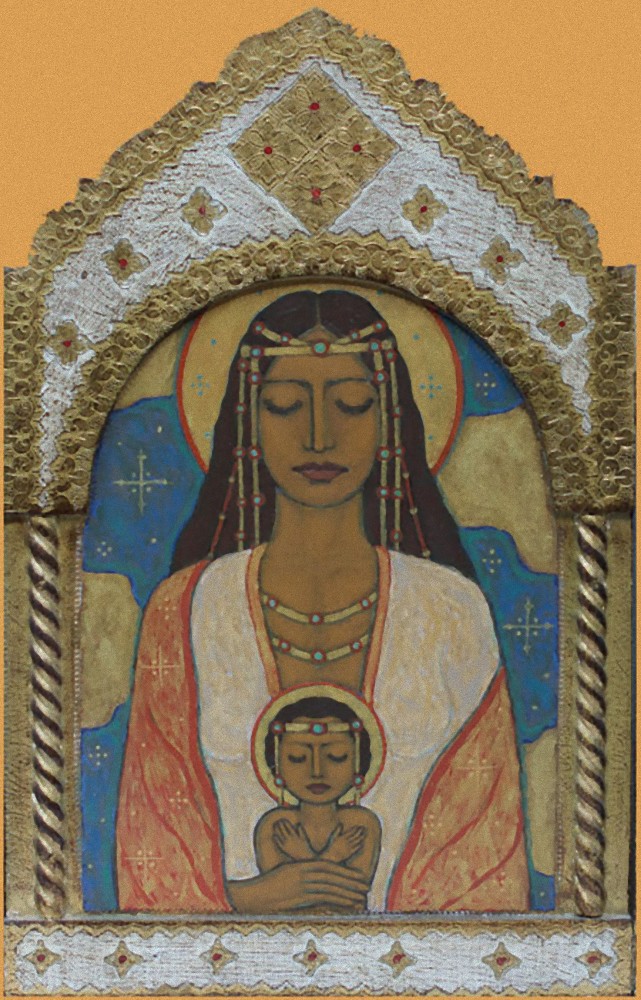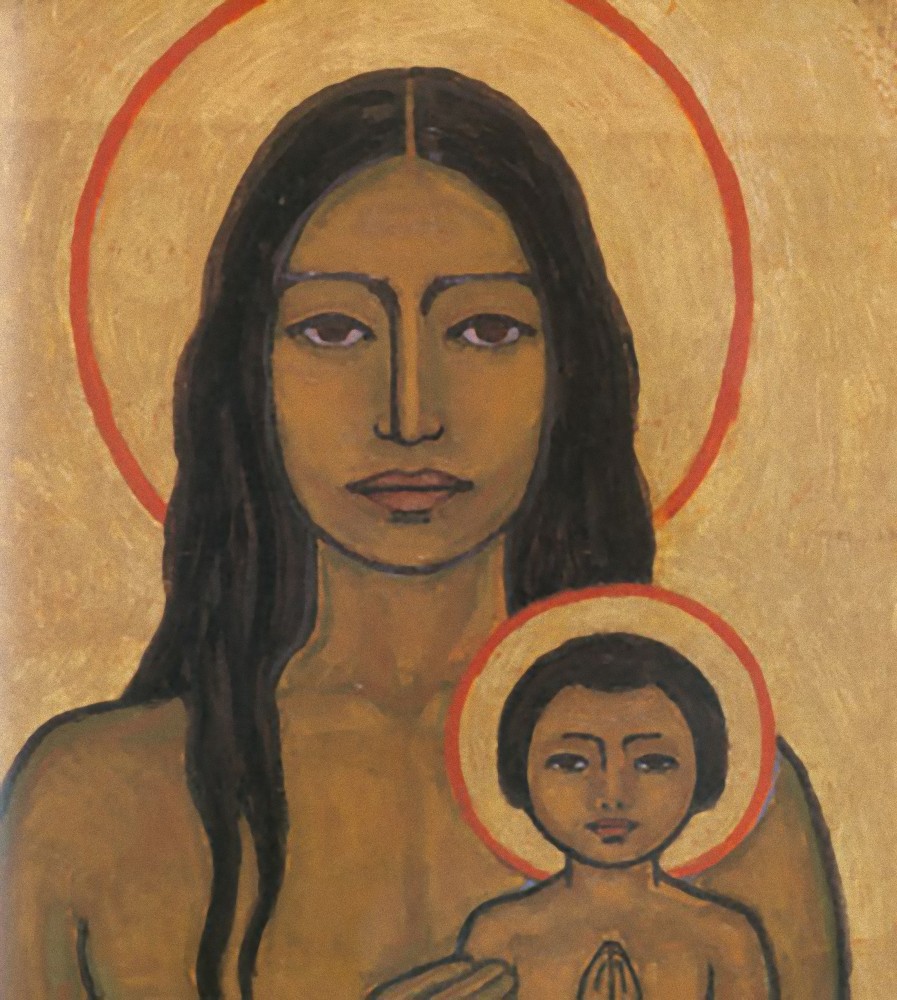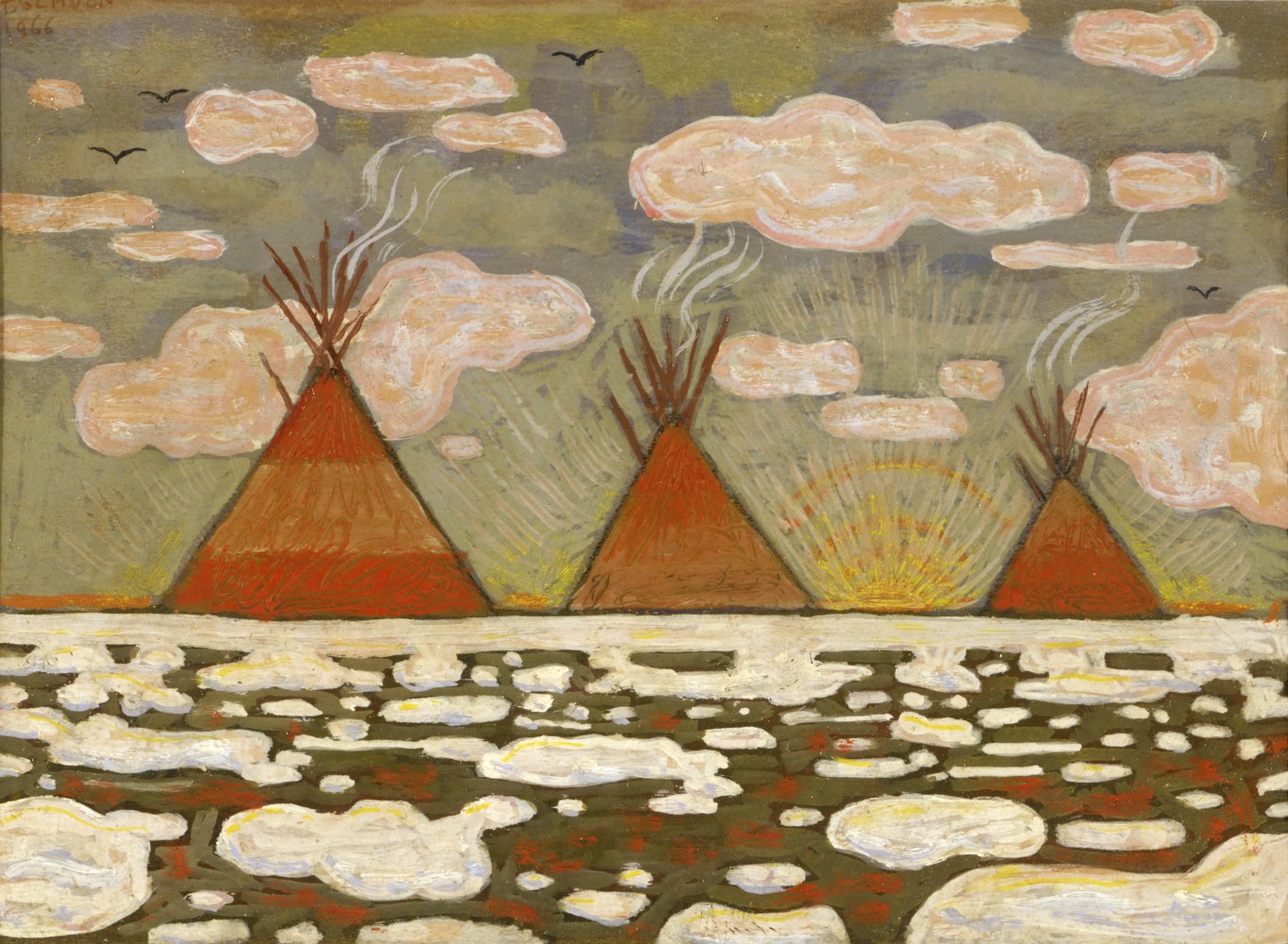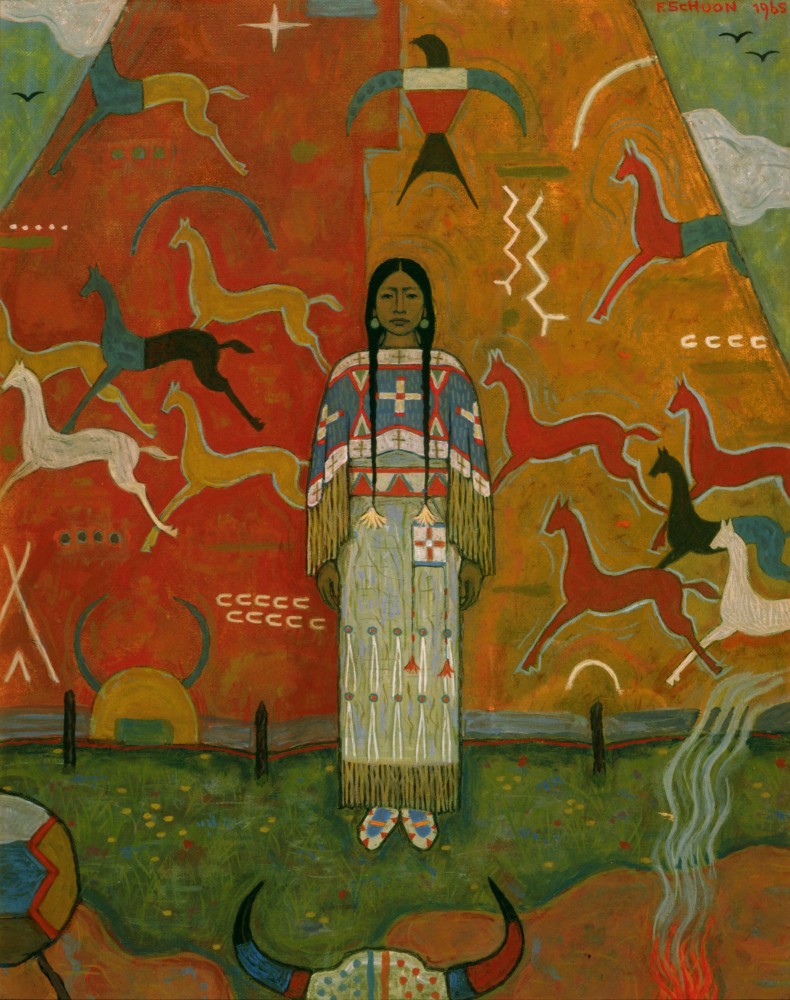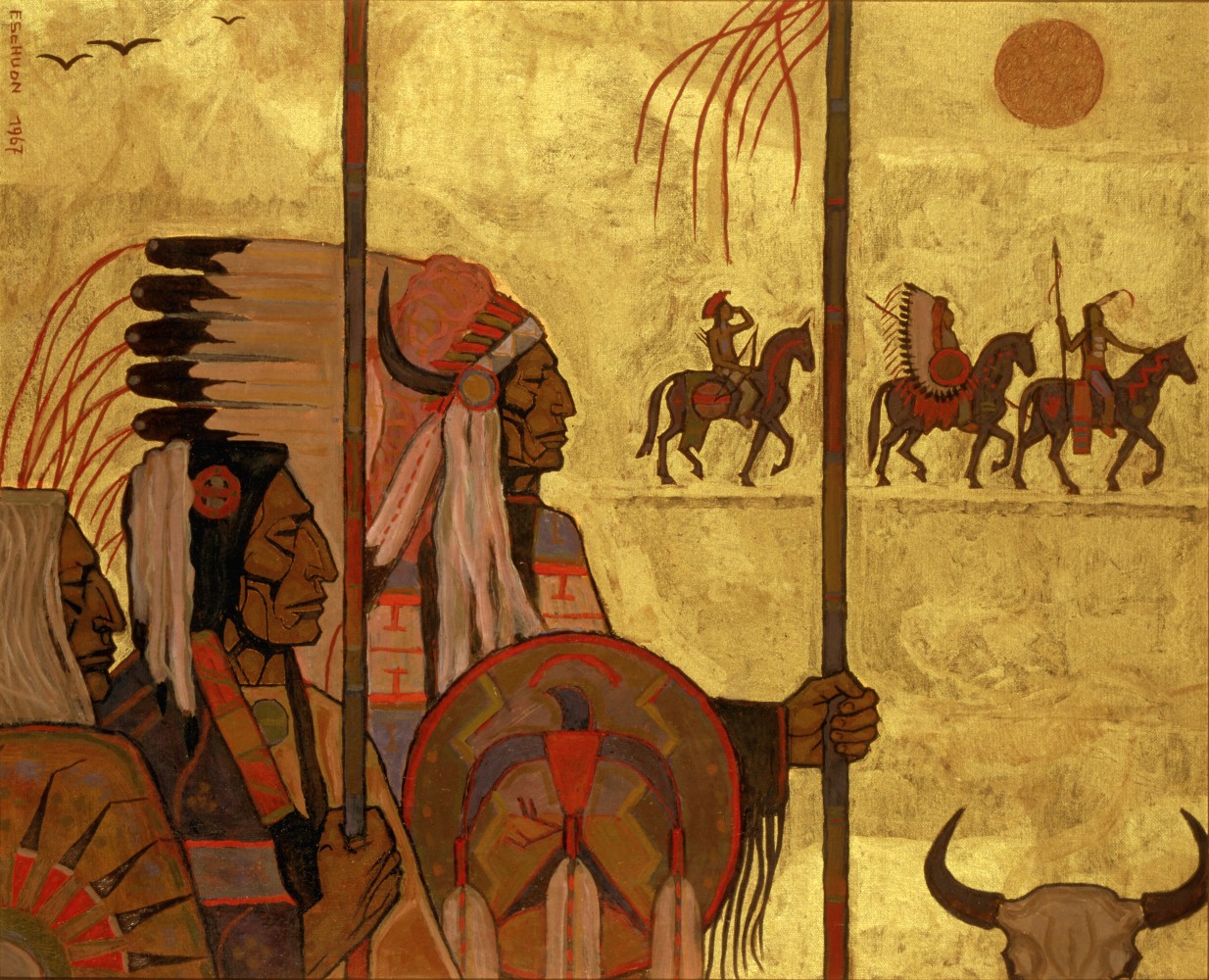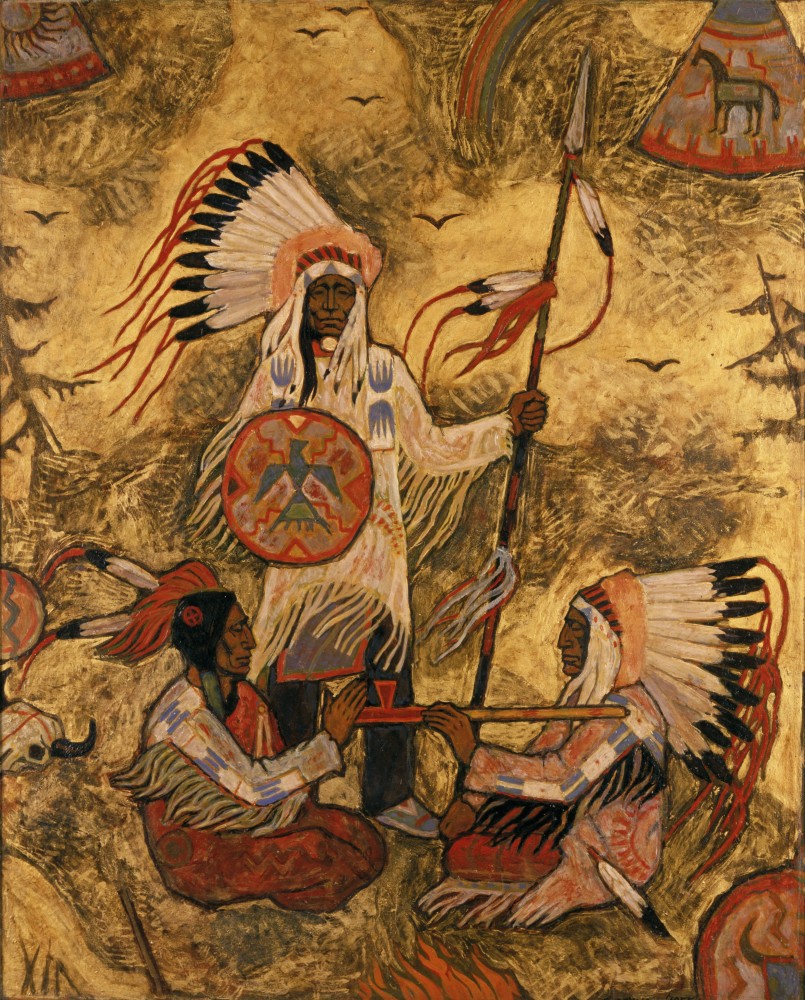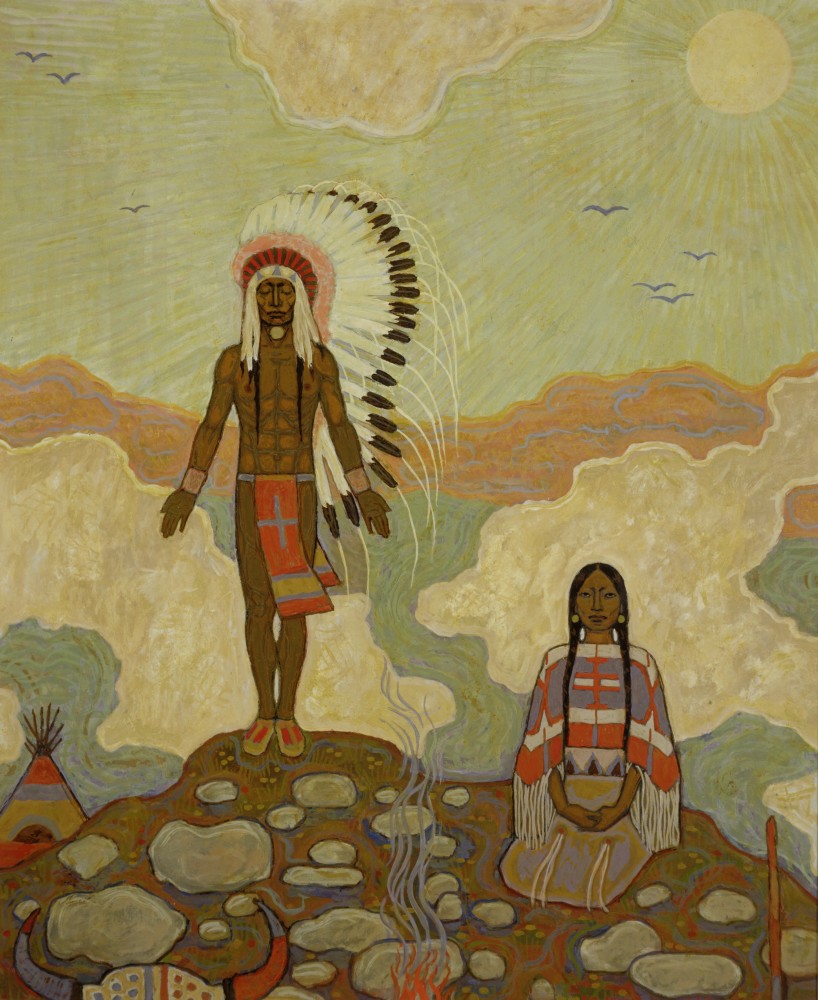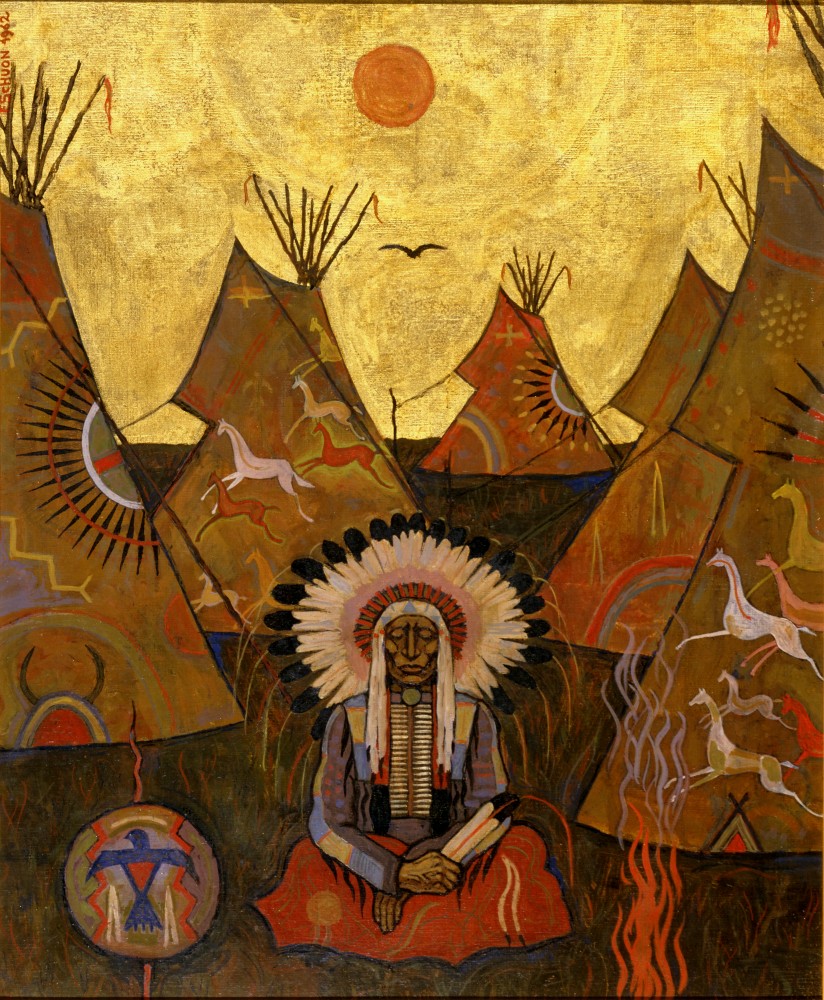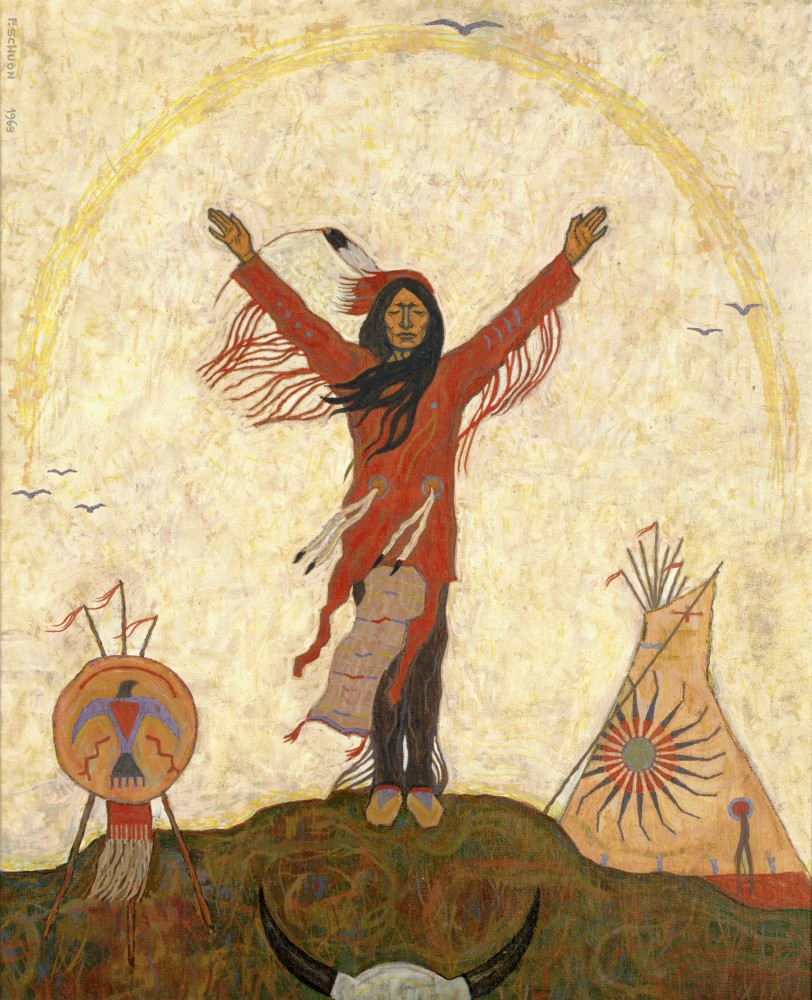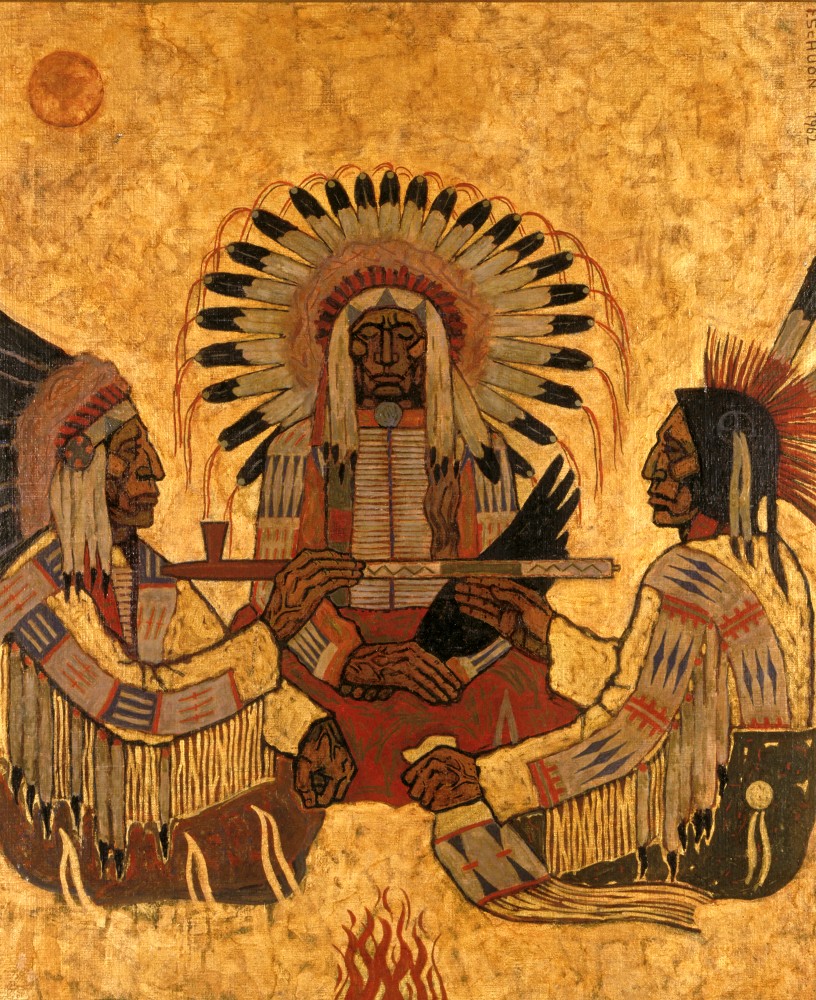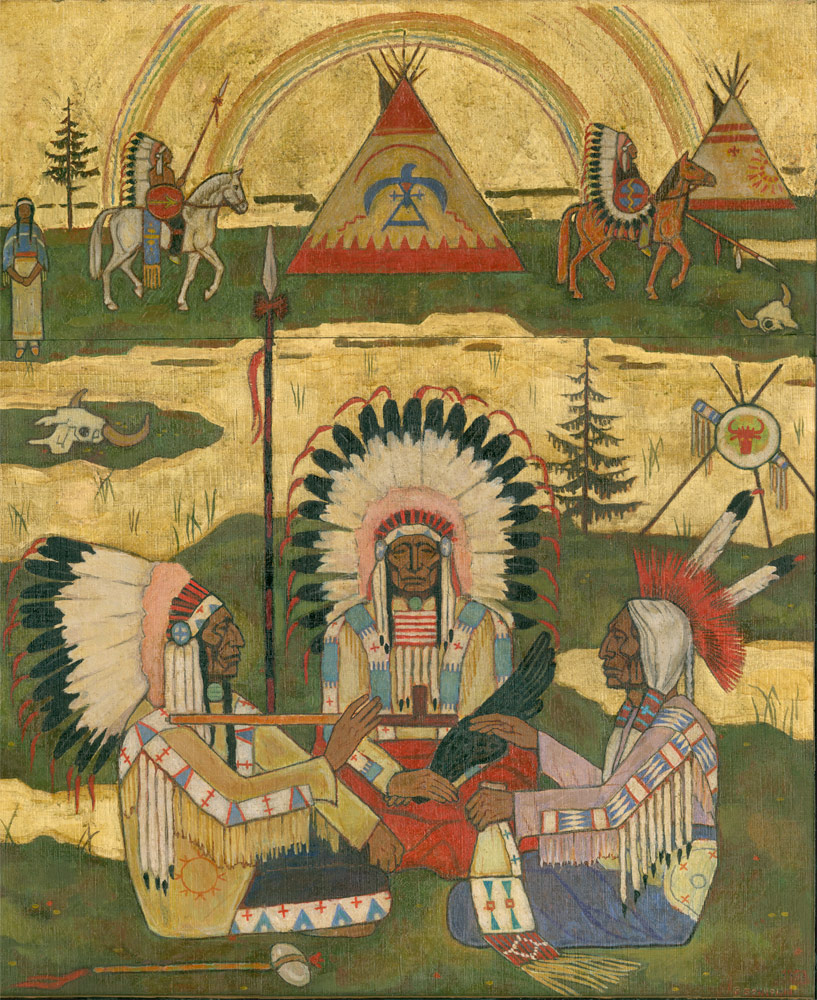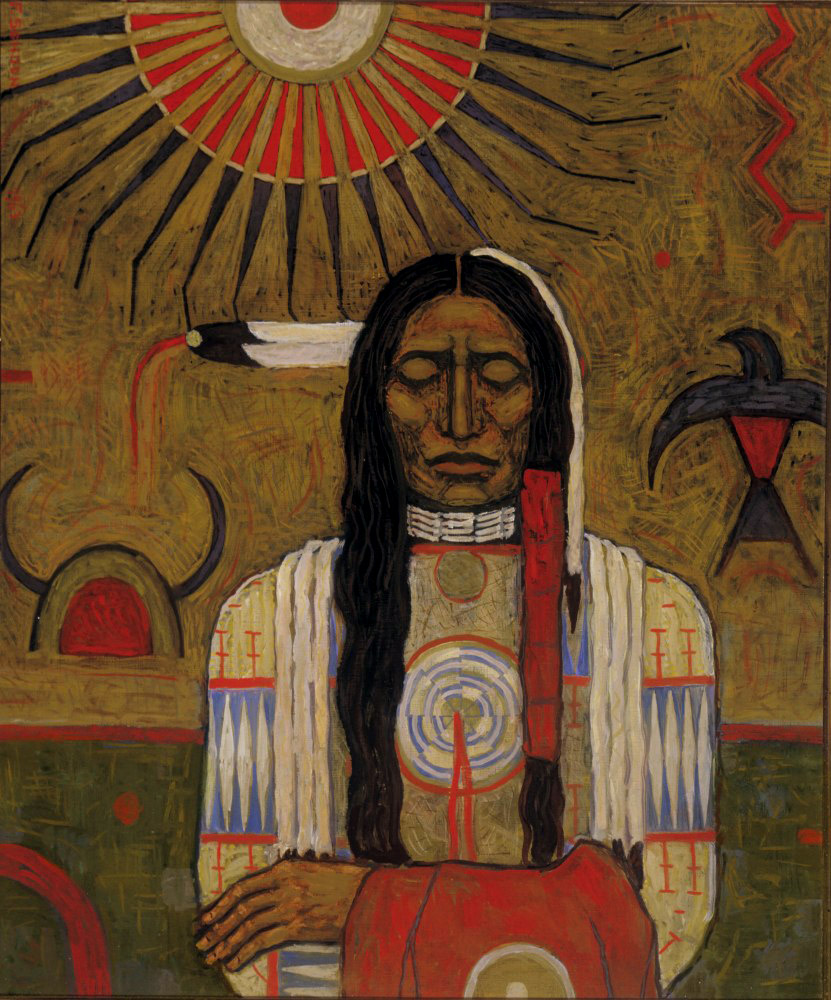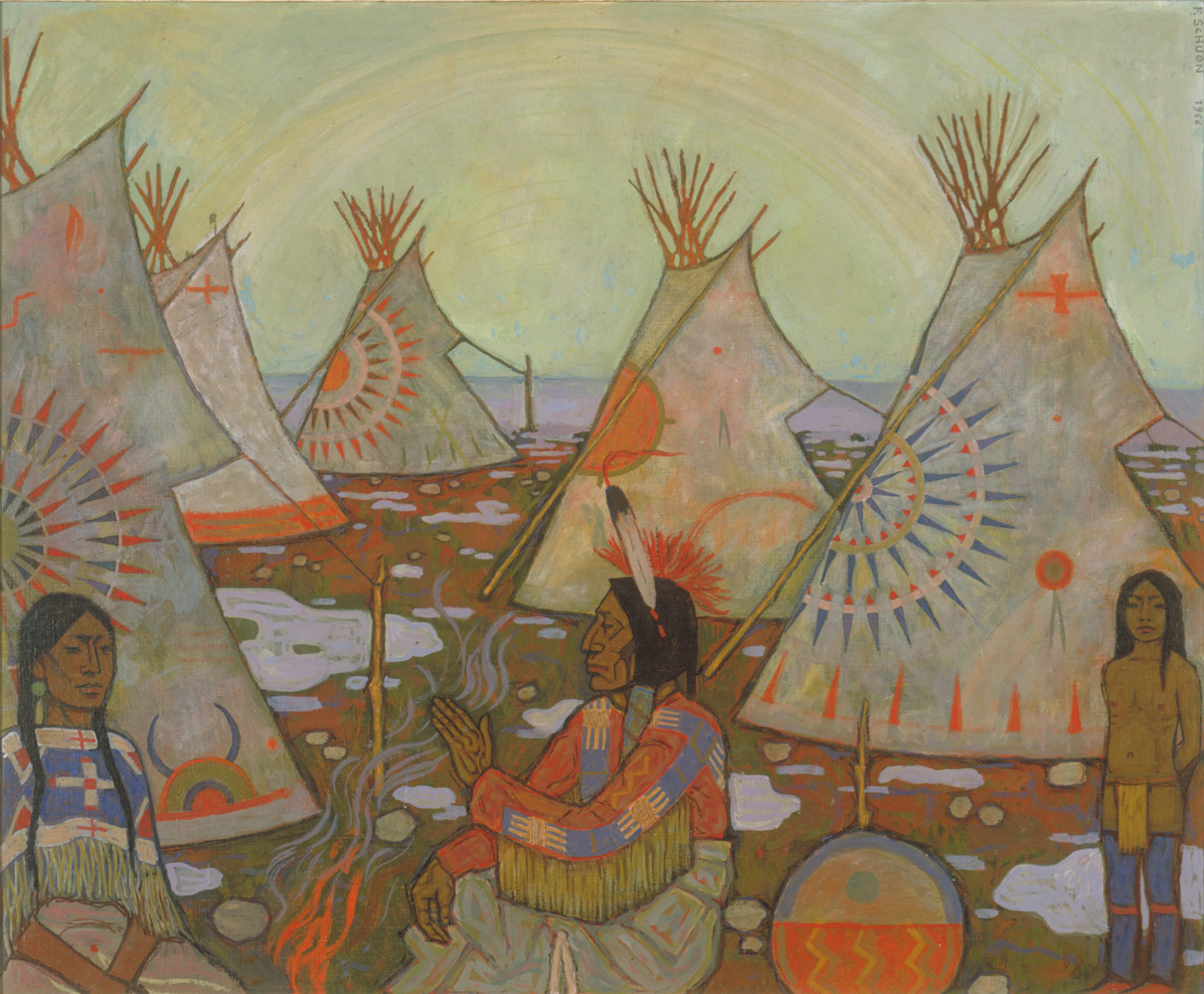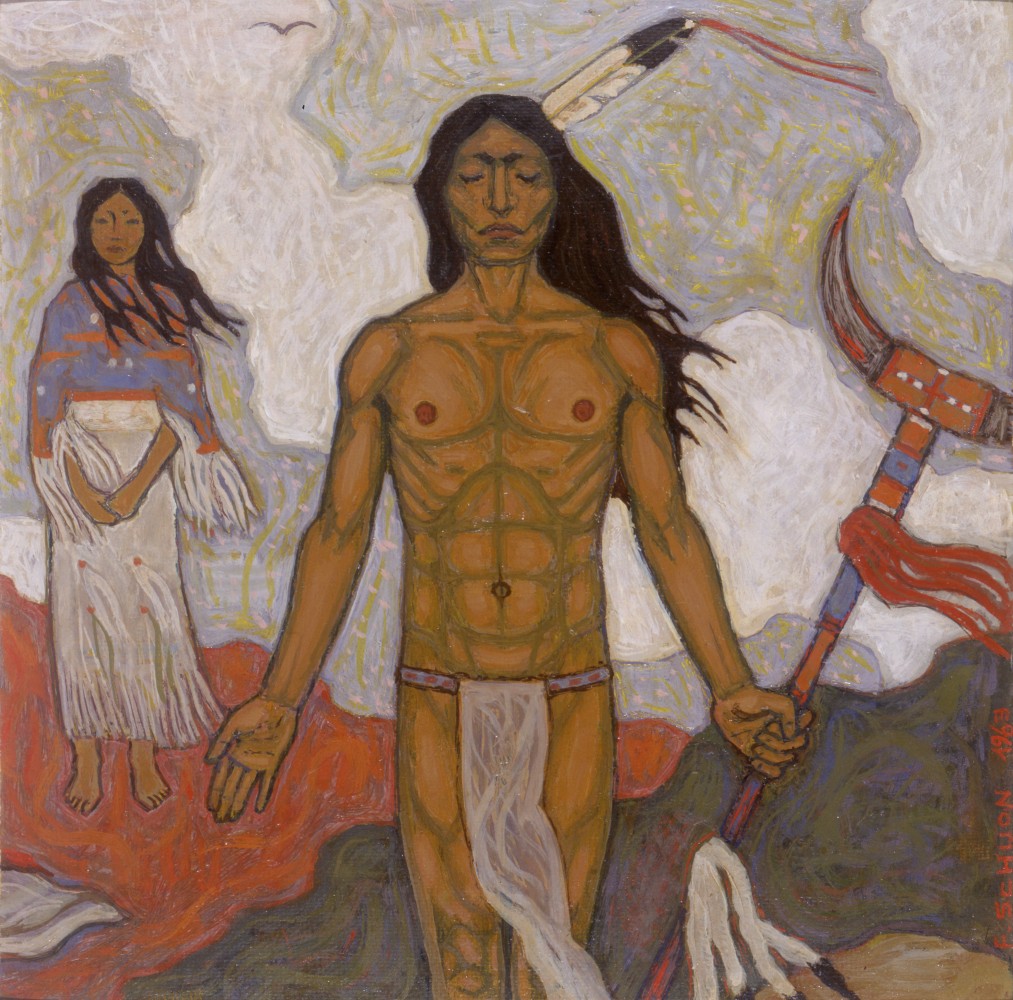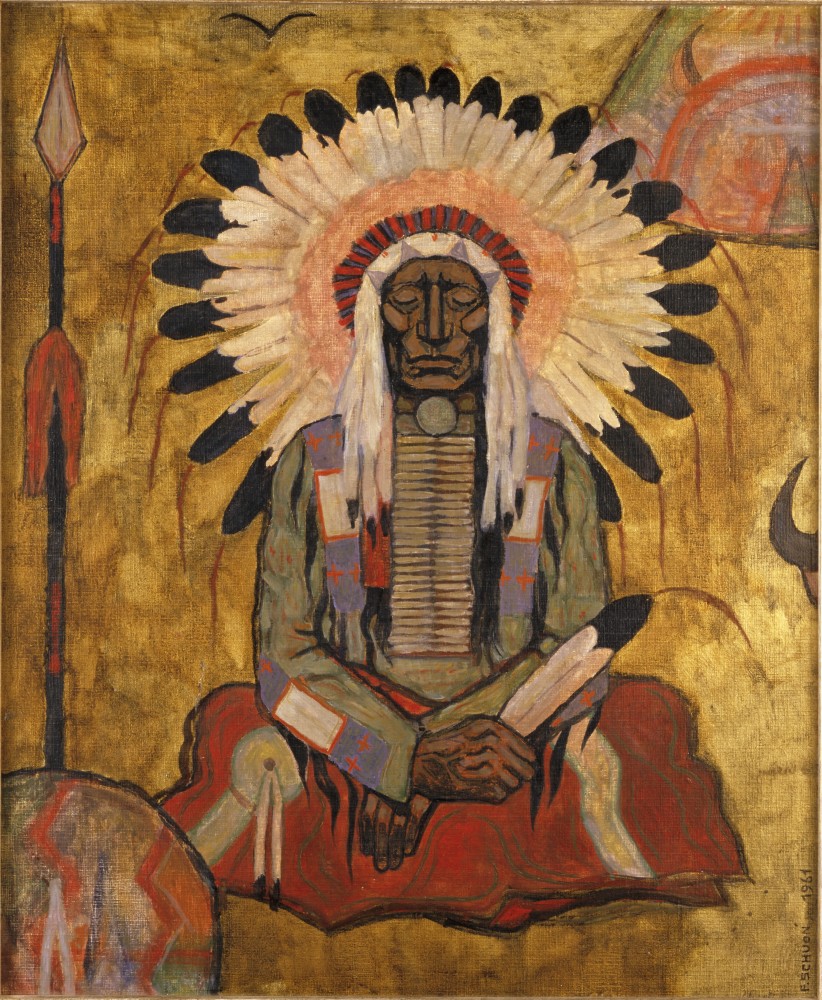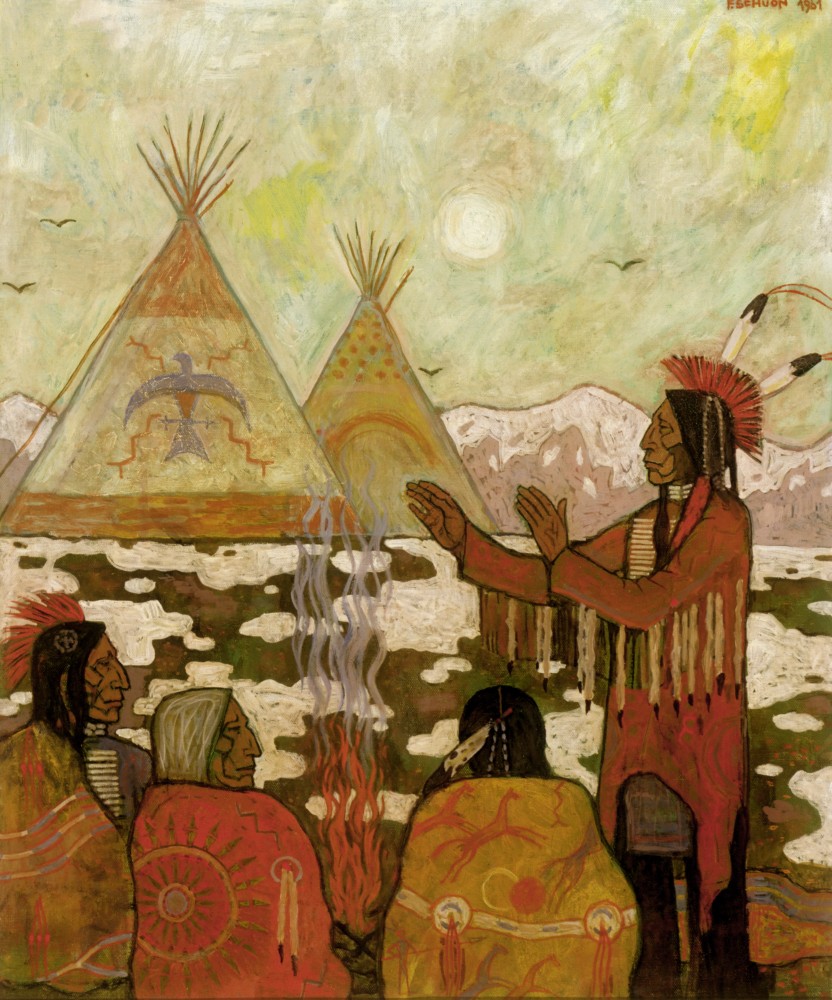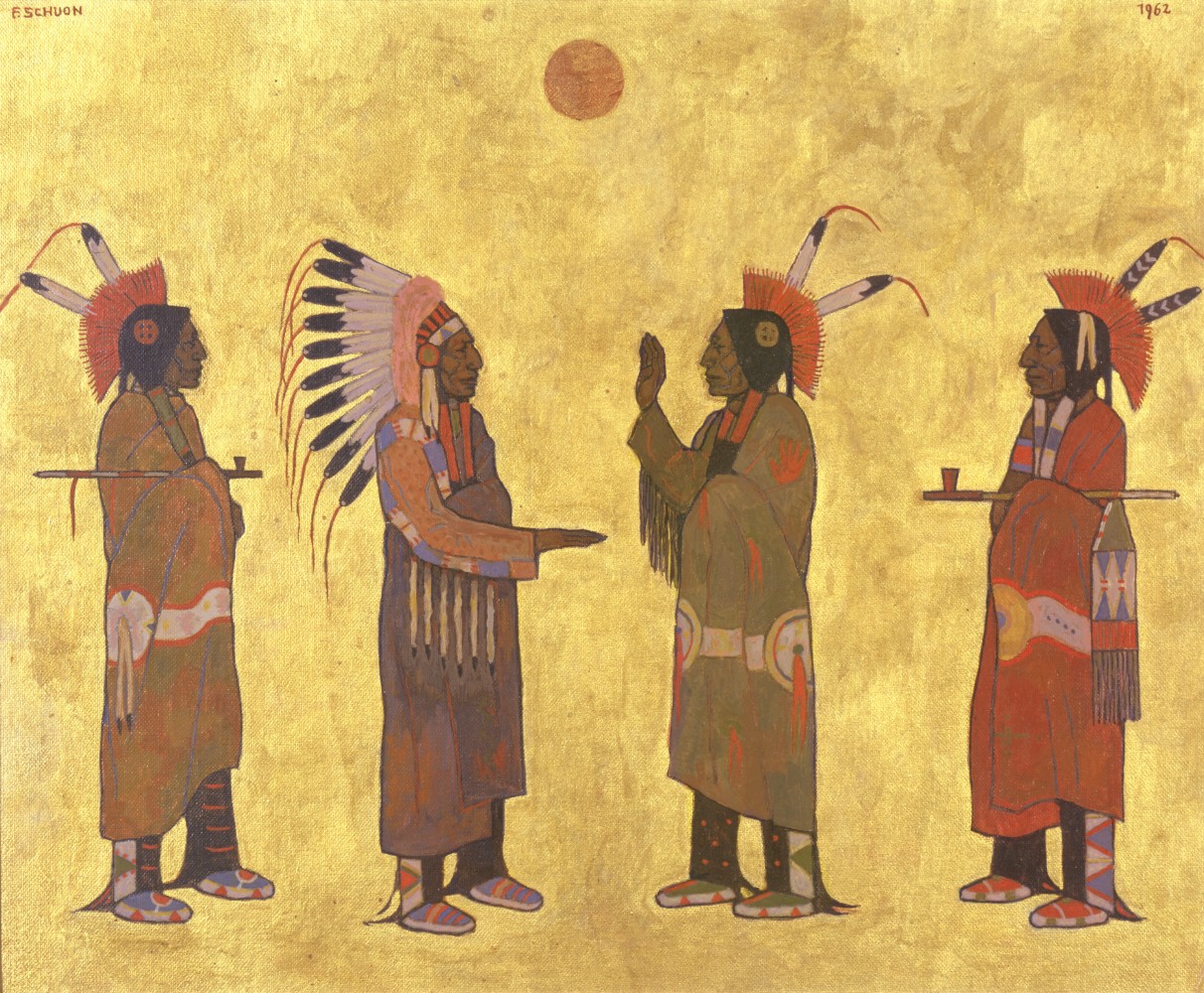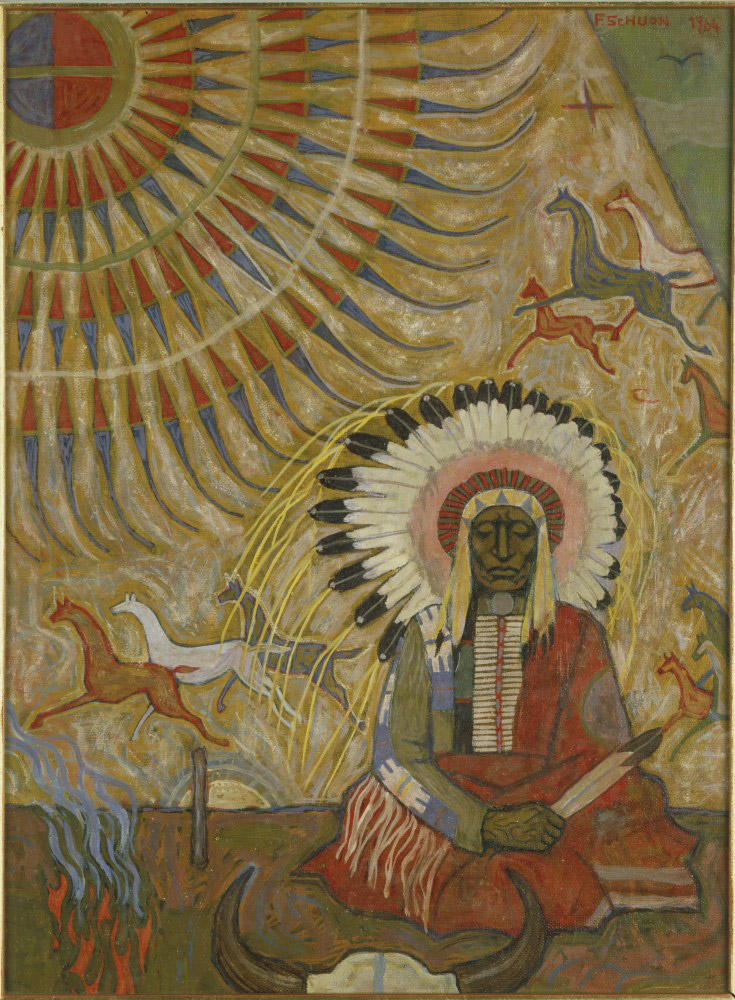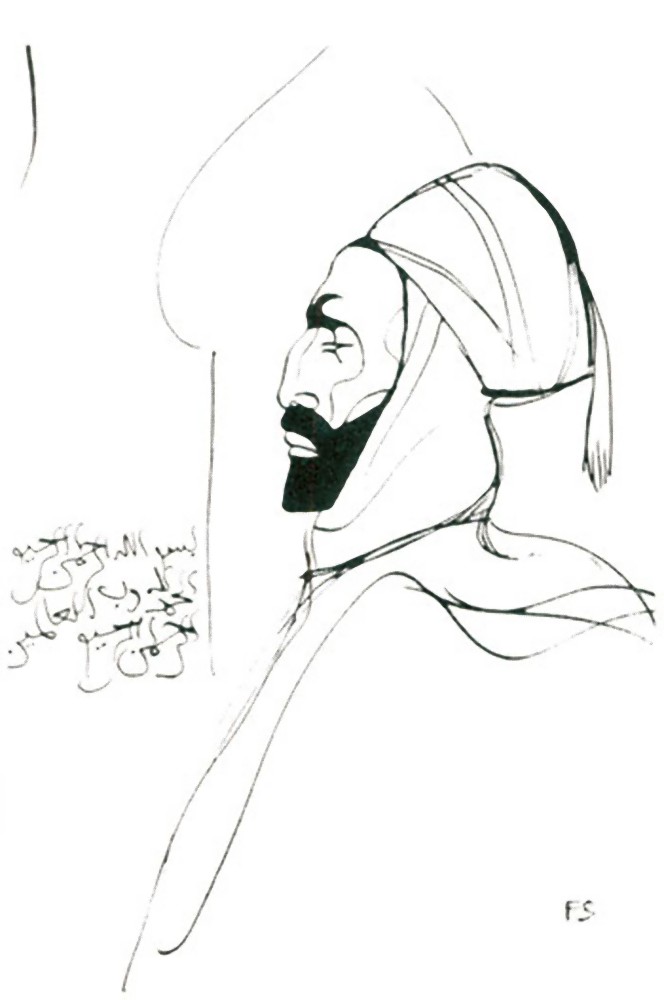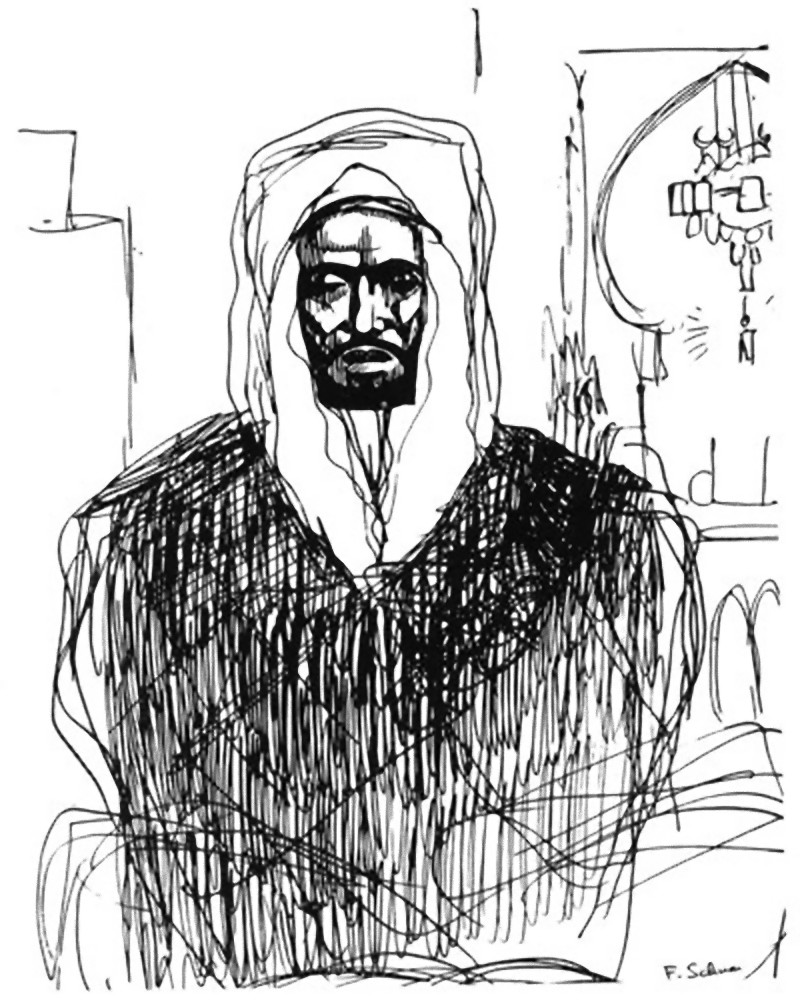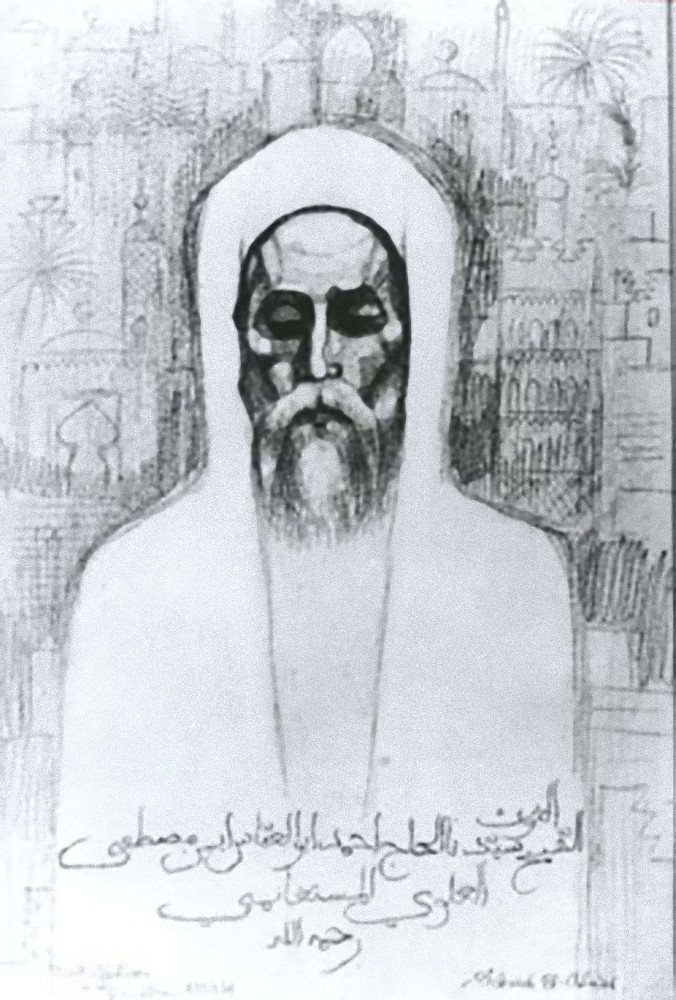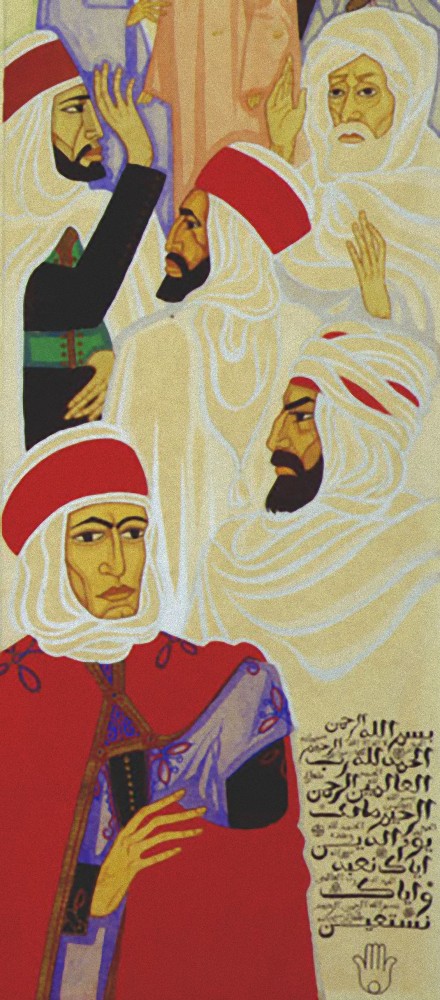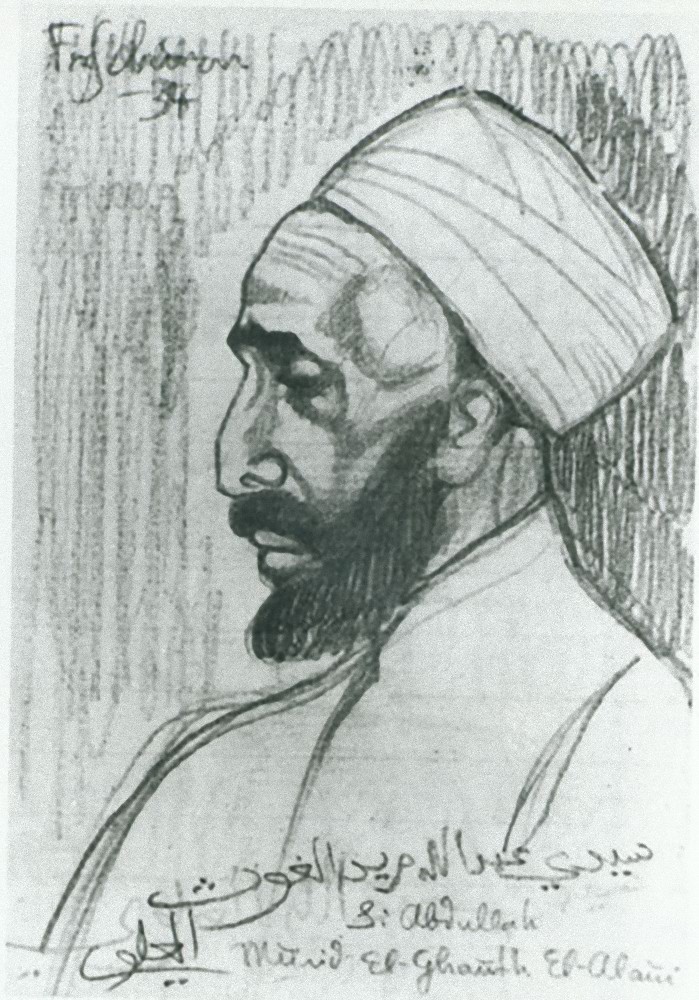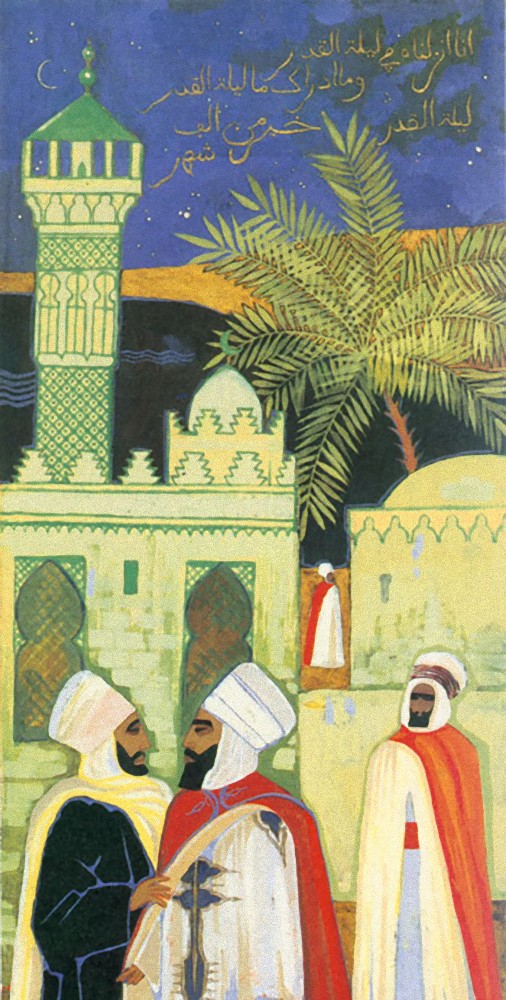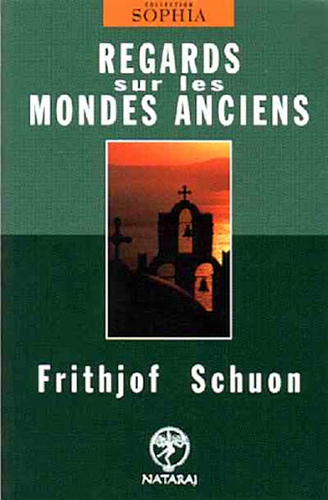
Frithjof Schuon Archive

Gemälde und Skizzen
| Beitragsbild | Titel | Year | Dimensions | hf:tax:art_category |
|---|---|---|---|---|
| Skizze einer japanischen Frau | 1928 | dimension check | skizzen-der-orientalischen-welt | |
| Skizze von zwei Mandarinen – 2 | 1928 | skizzen-der-orientalischen-welt | ||
| Skizze einer buddhistischen Szene | skizzen-der-orientalischen-welt | |||
| Skizze einer Mandarin | 1935 | skizzen-der-orientalischen-welt | ||
| Skizze eines Maharaja | skizzen-der-orientalischen-welt | |||
| Skizze eines Samurai | skizzen-der-orientalischen-welt | |||
| Skizze mit dem Titel „Milarepa“ (der buddhistische Weise von Tibet) | 1928 | skizzen-der-orientalischen-welt | ||
| Skizze von zwei Mandarinen – 1 | 1924 | skizzen-der-orientalischen-welt | ||
| Amerikanische Indianer-Skizze – 5 | skizzen-der-amerikanischen-indianerwelt | |||
| Skizze einer indianischen Frau | skizzen-der-amerikanischen-indianerwelt | |||
| Amerikanische Indianer-Skizze – 4 | skizzen-der-amerikanischen-indianerwelt | |||
| Skizze der amerikanischen Indianer – Mandan Mah-to-to-toh-pa | skizzen-der-amerikanischen-indianerwelt | |||
| Amerikanische Indianer-Skizze – 3 | skizzen-der-amerikanischen-indianerwelt | |||
| Amerikanische Indianer-Skizze – 2 | 1936 | skizzen-der-amerikanischen-indianerwelt | ||
| Porträt von Tecumseh | skizzen-der-amerikanischen-indianerwelt | |||
| Amerikanische Indianer-Skizze – 1 | 1953 | skizzen-der-amerikanischen-indianerwelt | ||
| Studie einer Yogini – 2 | gemaelde-des-ewig-weiblichen | |||
| Studie einer Yogini – 1 | gemaelde-des-ewig-weiblichen | |||
| Studie der Jungfrau – 3 | gemaelde-des-ewig-weiblichen | |||
| Studie der Jungfrau – 2 | gemaelde-des-ewig-weiblichen | |||
| Studie der Jungfrau – 1 | gemaelde-des-ewig-weiblichen | |||
| Studie der Jungfrau mit Kind – 2 | gemaelde-des-ewig-weiblichen | |||
| Jungfrau mit Kind – Mittelteil | gemaelde-des-ewig-weiblichen | |||
| Studie der Jungfrau mit Kind – 1 | gemaelde-des-ewig-weiblichen | |||
| Tipis beim Sonnenaufgang | 1966 | 8" x 6" | gemaelde-der-amerikanischen-indianerwelt | |
| Die Frau des Häuptlings | 1965 | gemaelde-der-amerikanischen-indianerwelt | ||
| Warten auf den Feind | 1967 | gemaelde-der-amerikanischen-indianerwelt | ||
| Das Gewitter | 1953 | gemaelde-der-amerikanischen-indianerwelt | ||
| Bitte | 1966 | 20" x 24" | gemaelde-der-amerikanischen-indianerwelt | |
| Senden einer Stimme | 1962 | 18" x 21" | gemaelde-der-amerikanischen-indianerwelt | |
| Gruß an den großen Geist | 1963 | gemaelde-der-amerikanischen-indianerwelt | ||
| Der Rat | 1963 | gemaelde-der-amerikanischen-indianerwelt | ||
| Häuptlinge mit Pfeife in einer Lagerszene | 1953 | gemaelde-der-amerikanischen-indianerwelt | ||
| Cheyenne Häuptling | 1963 | gemaelde-der-amerikanischen-indianerwelt | ||
| Wir sind alle Verwandte | 1966 | 21" x 18" | gemaelde-der-amerikanischen-indianerwelt | |
| Auf der Suche nach dem großen Geist | 1963 | gemaelde-der-amerikanischen-indianerwelt | ||
| Die Sonnenhütte | 1963 | 15" x 19" | gemaelde-der-amerikanischen-indianerwelt | |
| Meditation | 1961 | gemaelde-der-amerikanischen-indianerwelt | ||
| Ein Krieger und seine Häuptlinge | 1960 | 9" x 13" | gemaelde-der-amerikanischen-indianerwelt | |
| Damit mein Volk leben kann | 1961 | 18" x 22" | gemaelde-der-amerikanischen-indianerwelt | |
| Die Begegnung der Häuptlinge | 1962 | 18" x 15" | gemaelde-der-amerikanischen-indianerwelt | |
| Erscheinung des Bisonkalbmädchens | 1959 | 10" x 24" | gemaelde-der-amerikanischen-indianerwelt | |
| Die gefiederte Sonne | 1964 | gemaelde-der-amerikanischen-indianerwelt | ||
| Skizze eines muslimischen Mannes – 1 | kunst-der-islamischen-welt | |||
| Skizze eines muslimischen Mannes – 2 | kunst-der-islamischen-welt | |||
| Skizze des Shaykh al-Alawi | kunst-der-islamischen-welt | |||
| Studie aus der Malerei einer muslimischen Szene | 1932 | kunst-der-islamischen-welt | ||
| Skizze eines Schülers von Shaykh al-‚Alawî | 1934 | kunst-der-islamischen-welt | ||
| Laylat al-Qadr | 1934 | 5" x 20" | kunst-der-islamischen-welt |
Featured Books
Regards sur les mondes anciens (Unbekannter Einband)
In diesem grundlegenden Werk untersucht Schuon die Tradition, die Ursprünge der Religionen, die spirituelle Dimension, die die unserer Vorfahren war.
Featured Poems
Adastra and Stella Maris: Poems by Frithjof Schuon-Weekday
Weekday: noise, fleeing flood of humanity,
Adastra and Stella Maris: Poems by Frithjof Schuon-Contentment
To be content with God — these are weighty words.
Adastra and Stella Maris: Poems by Frithjof Schuon-The Night Watchman
“Hear ye, people, let it be known:
Featured Articles
Introducing the Writings of Frithjof Schuon
This is the complete “Introduction” to the book — some other articles on this site are excerpted from this piece. It was written by Prof Seyyed Hossein Nasr for one of his most voluminous and important works, The Essential Frithjof Schuon (World Wisdom, 2005). In it, Dr Nasr covers salient features of Schuon’s work; Schuon’s place in the study of comparative religion; his central message or theme; Schuon’s thoughts on the “transcendent unity of religions”; his approach to epistemology and philosophy in general; and Schuon’s contributions to thought on art, beauty, the spiritual life, and many other topics. The “Introduction” ends with brief synopses of Schuon’s individual books. This is among the best summaries of the importance of Frithjof Schuon’s work in many areas of contemporary and traditional thought, written by one of the people best qualified for the task.
The Introduction to “Prayer Fashions Man”
Editor James S. Cutsinger provided this probing „Introduction“ to a selection of Schuon’s writings on prayer, Prayer Fashions Man. Cutsinger summarizes the various types of prayer covered by Schuon, as well as Schuon’s overall perspective.
Frithjof Schuon and Prayer
The importance of prayer was a fundamental theme in the writings of Frithjof Schuon. This article sets out to „draw attention to the subtlety, depth, and comprehensiveness that characterize Schuon’s elucidation of prayer, an elucidation which renders prayer not only an intelligible necessity for man in his quest for God, but also an irresistible summons and an inestimable gift from God to man.“ This is accomplished through a general survey of Schuon’s perspective upon prayer and then a look at „the modes and degrees of prayer, beginning with the most ordinary meaning of prayer—personal petition to God—and culminating in the most exalted form of prayer—methodic invocation of the Name of God.“
